Photos and story by Hugues Vanhoolandt
As you know, Pegasos are very rare sports cars that were manufactured in Spain between 1951 and 1956. The main goal of the company was to build trucks, vans and buses for which there was a need in the context of Spain’s economic recovery after the difficult times of the Spanish civil war and WWII.
Hired by the Spanish government to head up the new company ENASA, the engineer and designer Wifredo Ricart left Alfa Romeo in 1945 where he had been working on competition cars. As a logo, Ricart chose the mythical horse Pegasus and so Pegaso came as the brand name. The flying horse with wings had been trademarked by Mobil Oil company in the 1920s, so Pegaso’s Pegasus was bereft of wings and the horse based on the famous Lipizzaner stallions bred from Andalusian bloodlines.
Soon Ricart returned to his love of competition cars and developed a sports car that was presented at the Paris Motor Show in 1951. We should note that one of the main achievements of the brand took place in Belgium, at Jabbeke, in 1953, when a Pegaso Touring Spider broke a speed record, reaching a speed of 243 km per hour. Only 84 Pegaso sports cars were built and it is believed that just 60 to 65 cars survived.
From November 10 to December 9, 2018, the Autoworld Museum in Brussels, Belgium, put the spotlight on this forgotten brand. Thirteen cars and one truck were selected by Autoworld and Pegaso’s specialist Mario Laguna, the man behind the latest Pegaso gatherings at Paris Retromobile in 2015 and at Amelia Island in 2016.
At each of these events, including this one, 13 Pegasos were reunited, the highest number to date. Here are the cars that were in attendance.
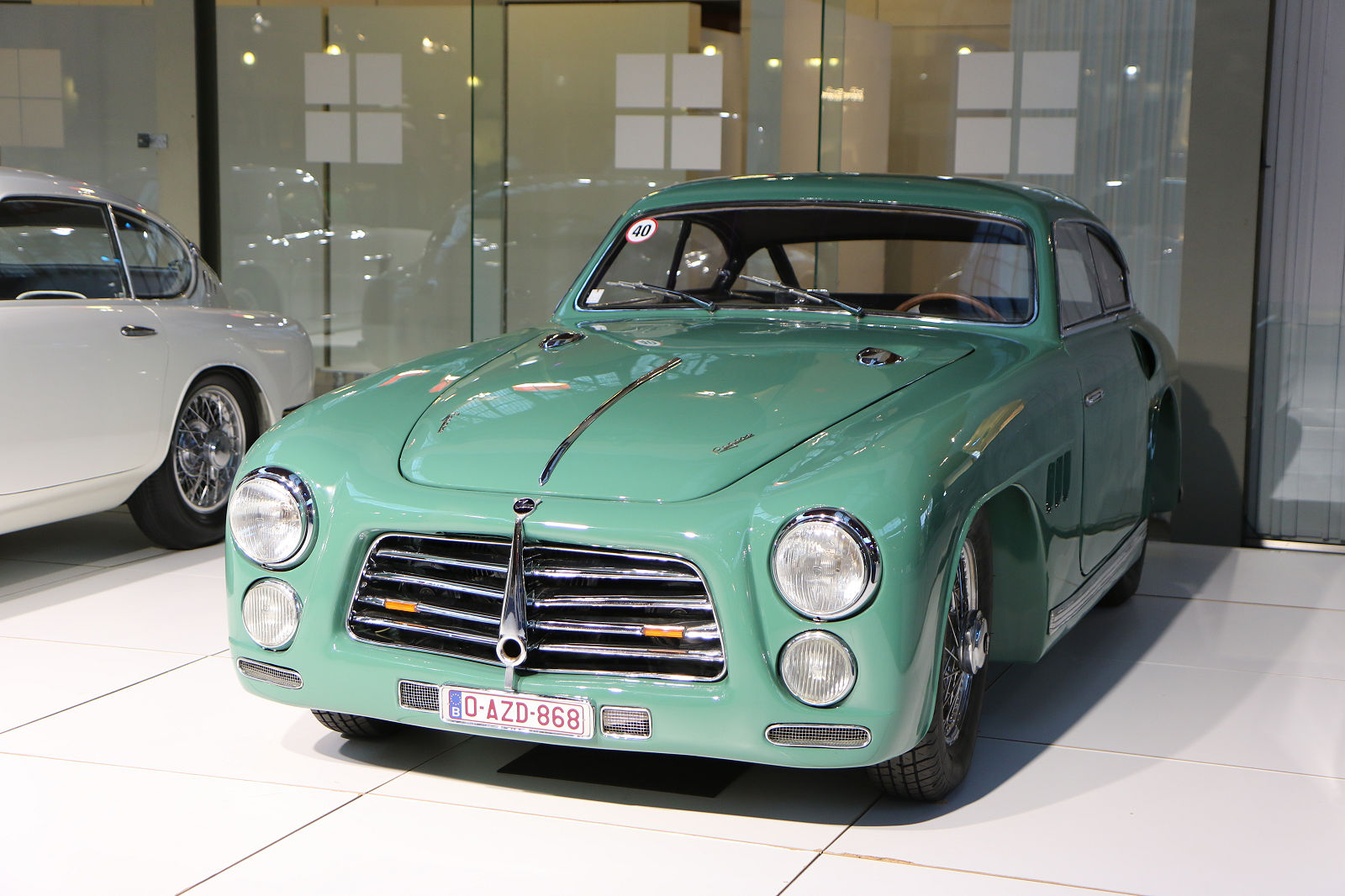
This Pegaso Z-102 ENASA berlineta (one ‘t’ in Spanish), s/n 0201, is the oldest surviving Pegaso. After its career as a test car, it has been completely overhauled by ENASA, given a new chassis number and sold as new to its first owner. It is now in a Belgian collection and appeared recently at the Villa d’Este Concorso d’Eleganza.
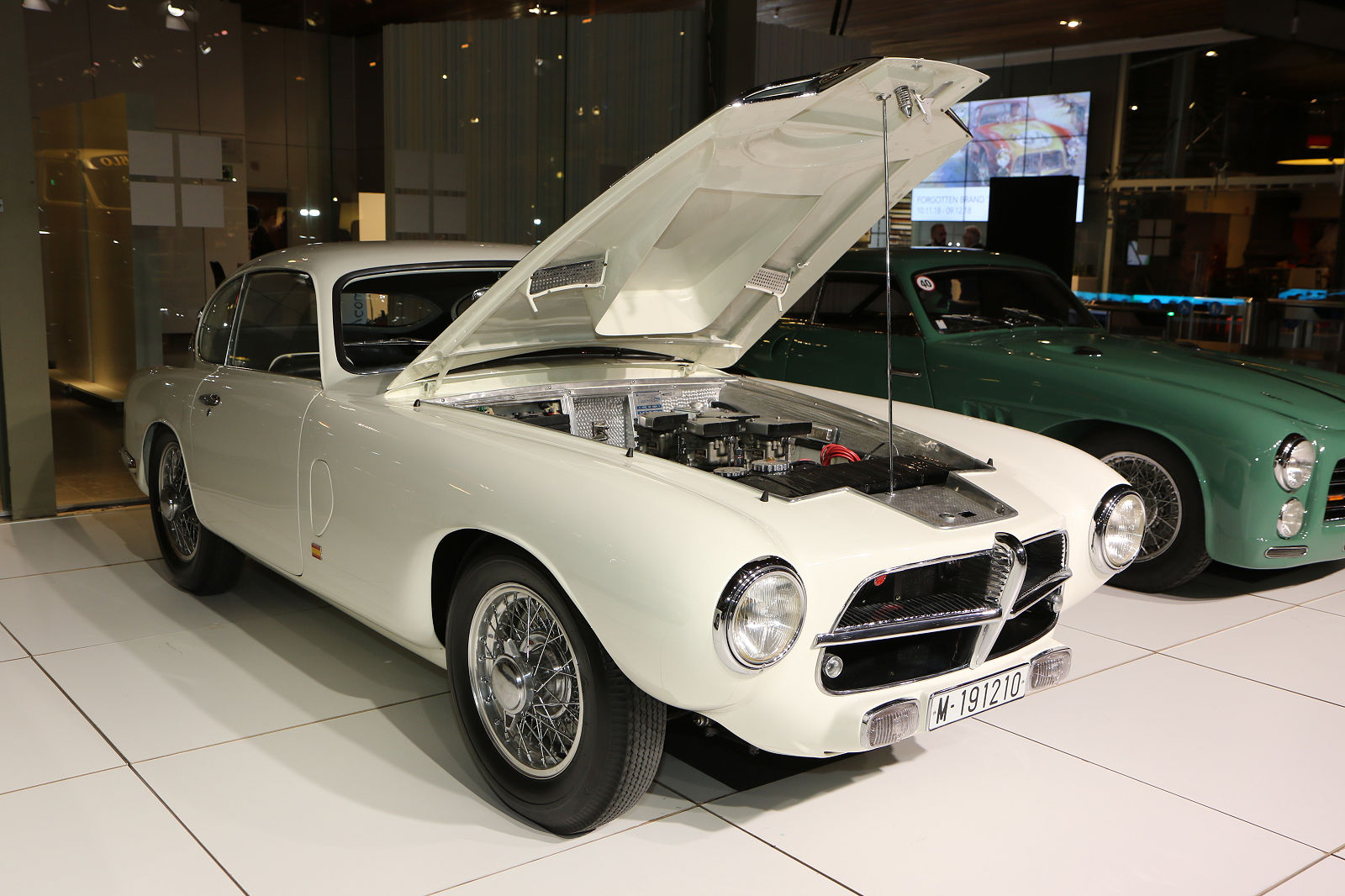
Pegaso Z-102 Touring berlineta, s/n 0153, presented at the 1954 Paris Motor Show. The sole Pegaso with blinkers inside the radiator grill.
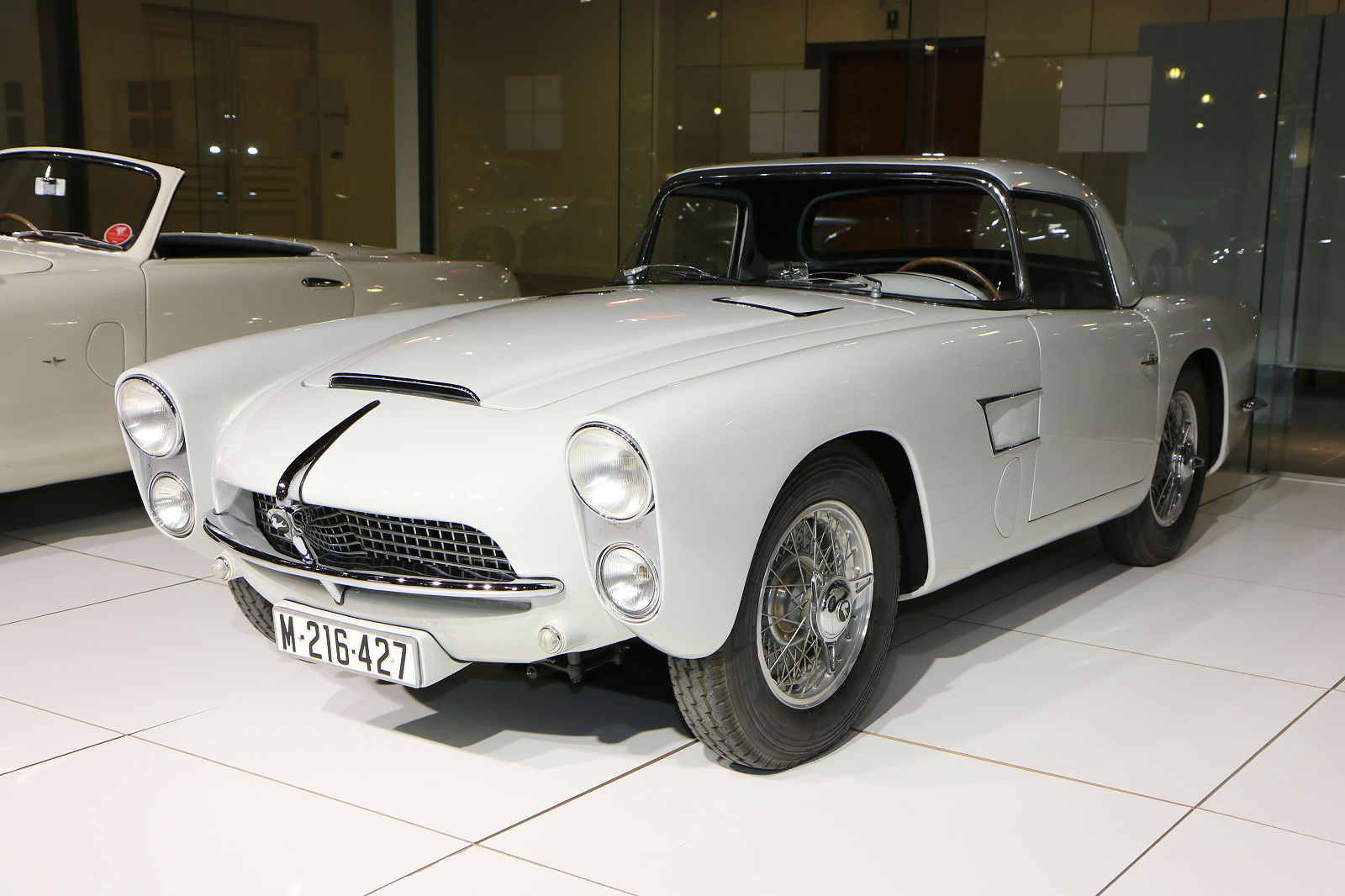
This Pegaso Z-102 Spider, s/n 0140, was originally a Touring berlineta and was presented in this form at the 1953 Paris and London Motor Shows. After an accident, it received in 1957 this Spider body by Spanish coachbuilder Pedro Serra and it is the last of seven Pegasos with Serra body.
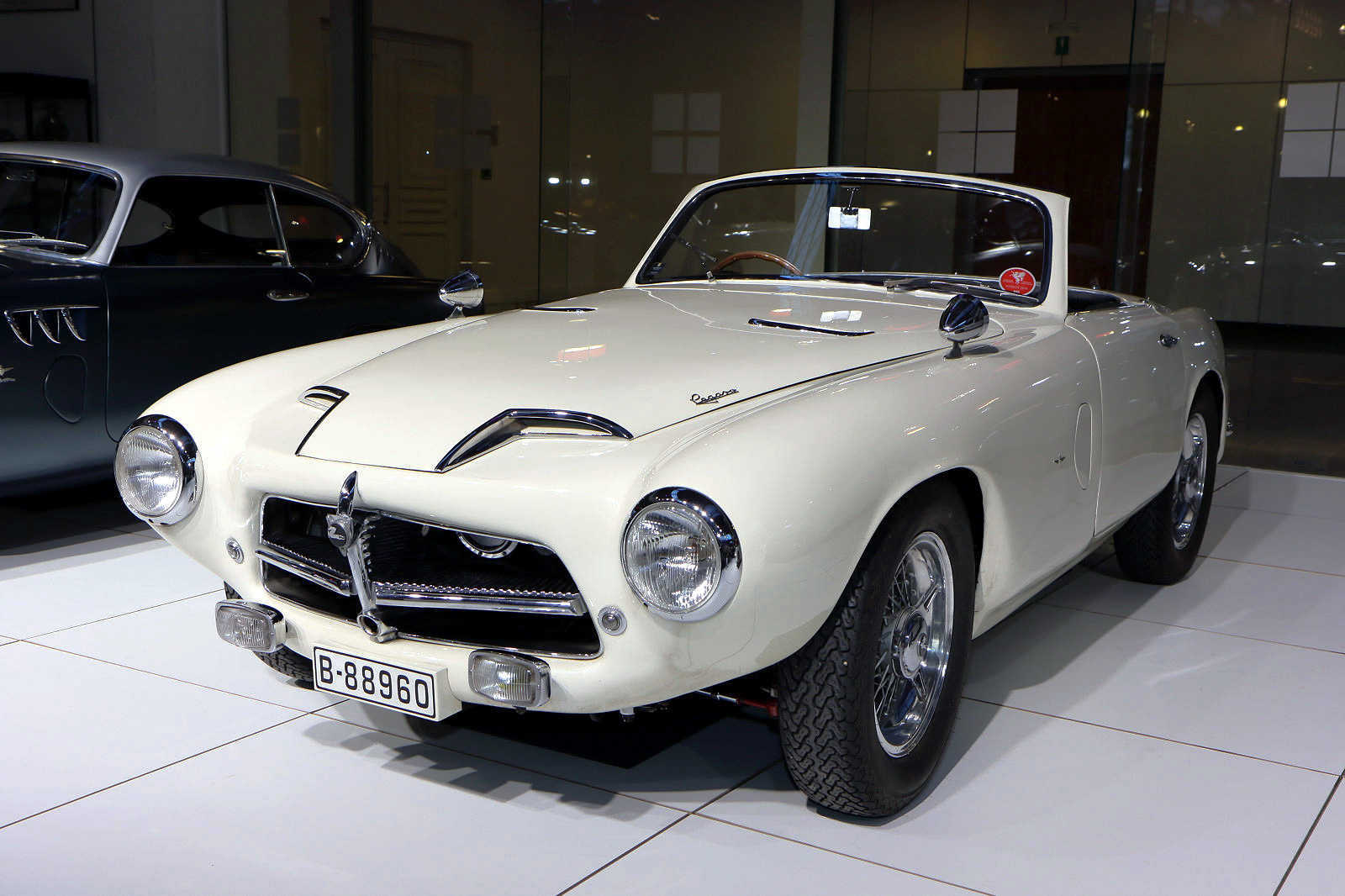
Pegaso Z-102 Touring s/n 0141. Tuned by Conrero, this car took part to some races in Spain in the fifties. Originally wearing a Touring berlineta body, it has been converted to a cabriolet in 1960, by Pedro Serra, coachbuilder in Barcelona
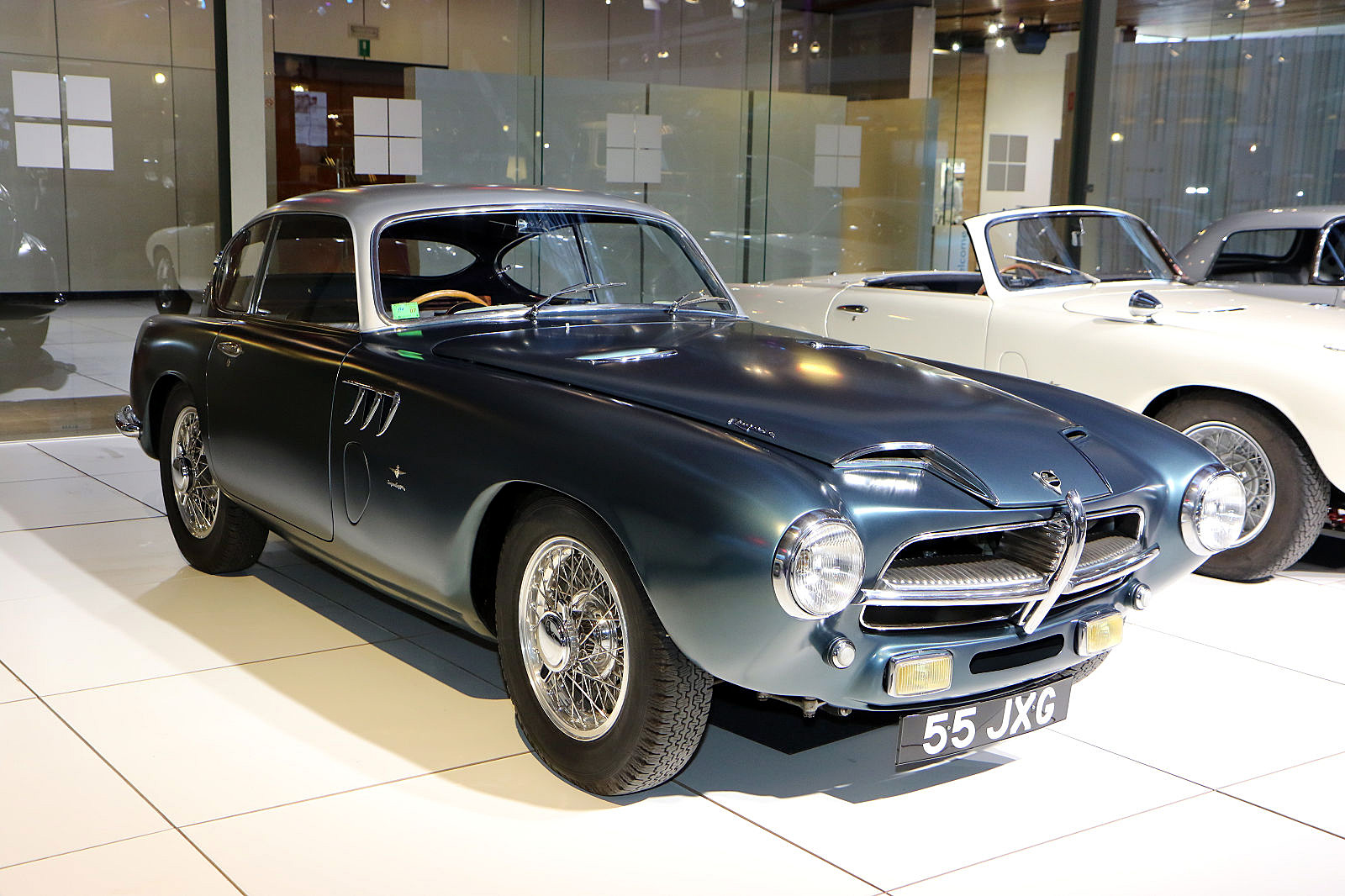
While the previous cars were equipped with a 2.8 Liter V8 engine, this 1955 Pegaso Z-102 Touring berlineta s/n 0167 is powered by a 3.2 Liter V8. It is part of a British private collection.
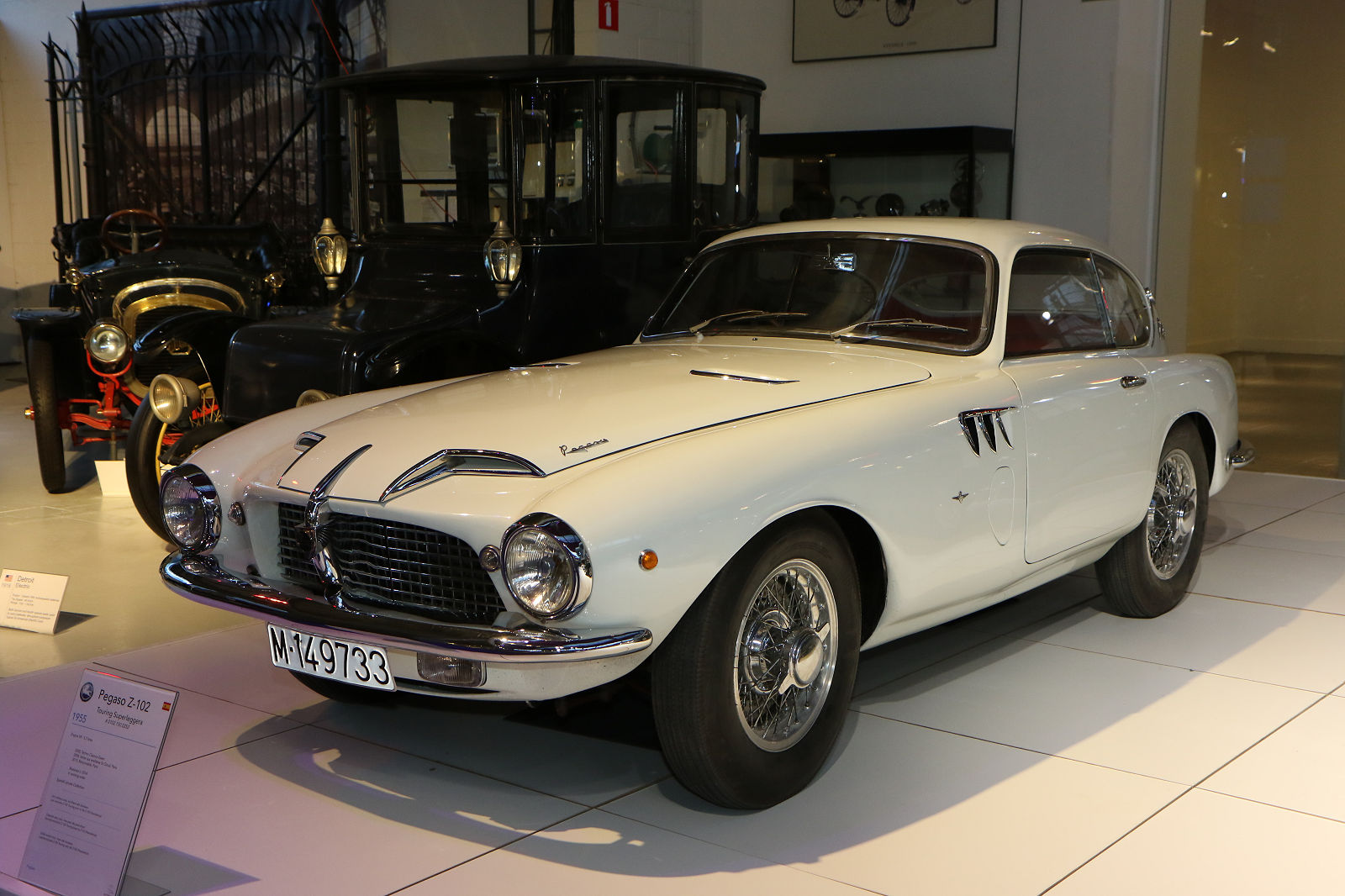
This late version of the Z-102 Touring berlineta, s/n 0252, has a grill without cross and is fitted with bumpers. This is the last evolution of the Z-102 Touring prior to the Z-103 Panoramica.
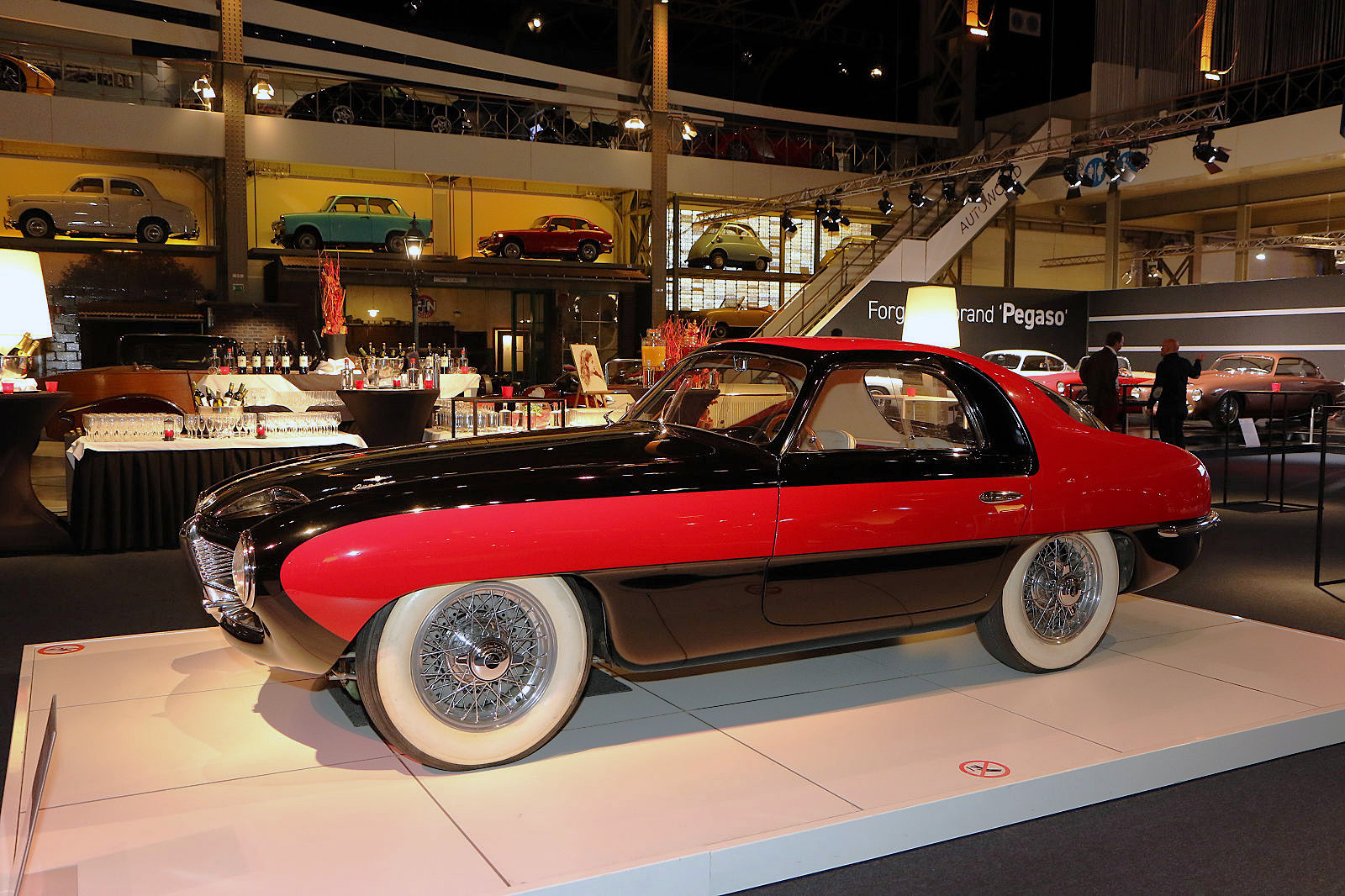
Shown at the 1953 Torino, Paris and London Motor Shows, the Pegaso Z-102 Touring “Thrill” s/n 0133 presented some aerodynamic innovations and was one of the first cars fitted with safety belts. It is now part of a Belgian collection.
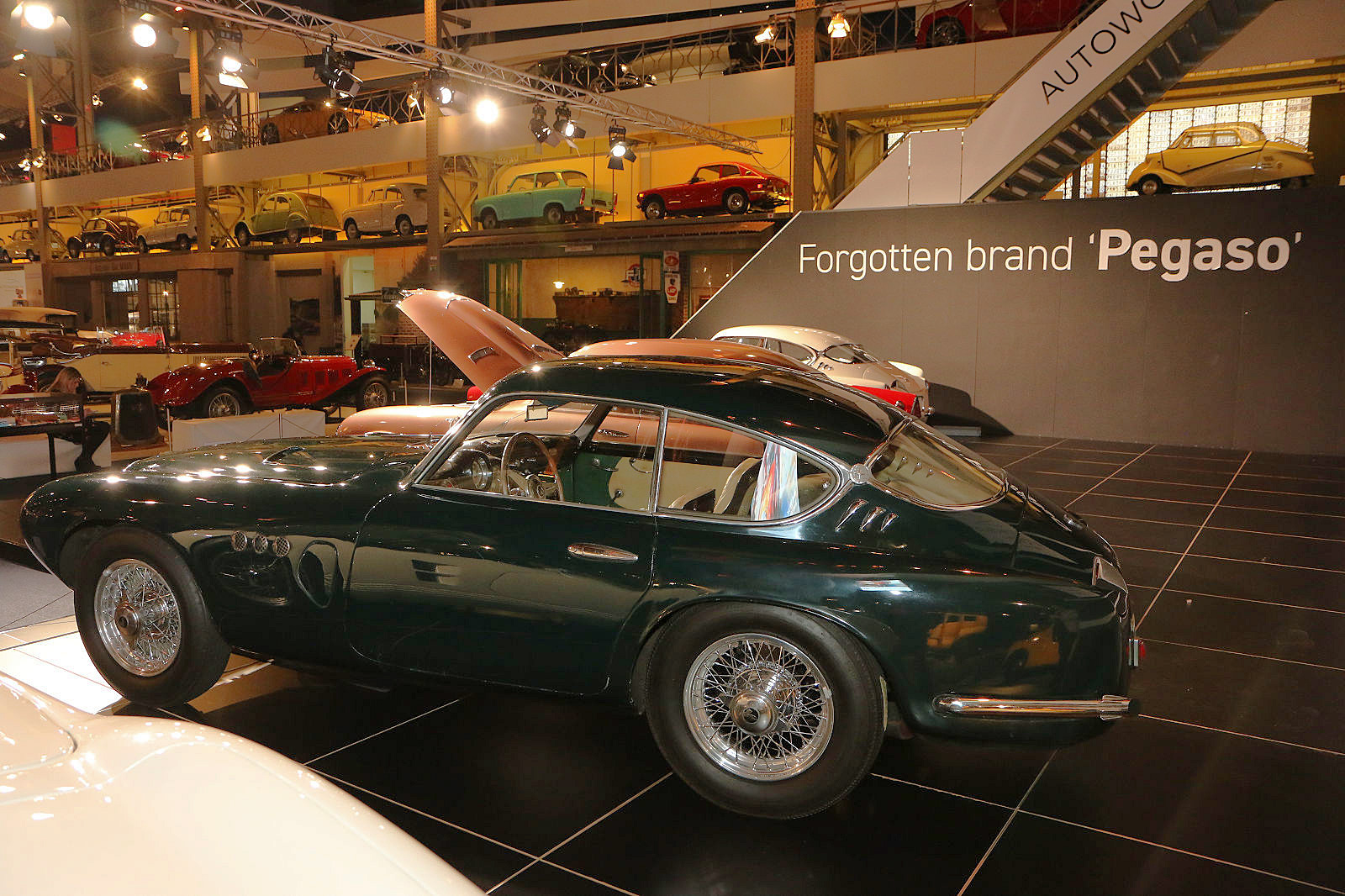
Also presented at Torino in 1953, this Z-102 berlineta s/n 0139 is the first Pegaso bodied by Touring after the prototype. The exhausts are integrated in the rear wings. It is part of the same collection that also has the “Thrill.”
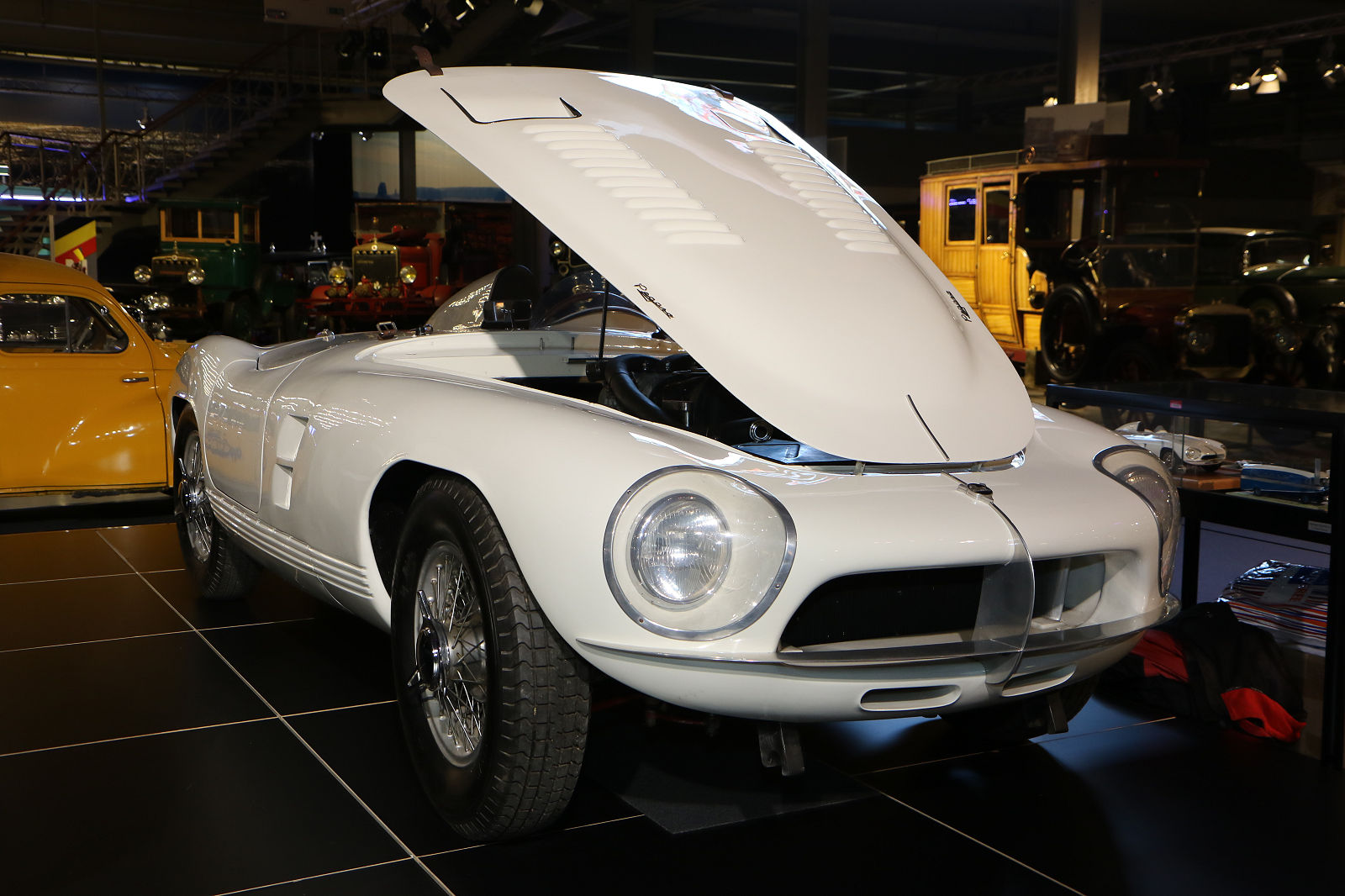
Powered by the 3.2 Liter V8, the Pegaso Z-102 ENASA “Pedralbes” s/n 0181 is the sole Pegaso equipped with two compressors. It took part in many races in Spain in the fifties.
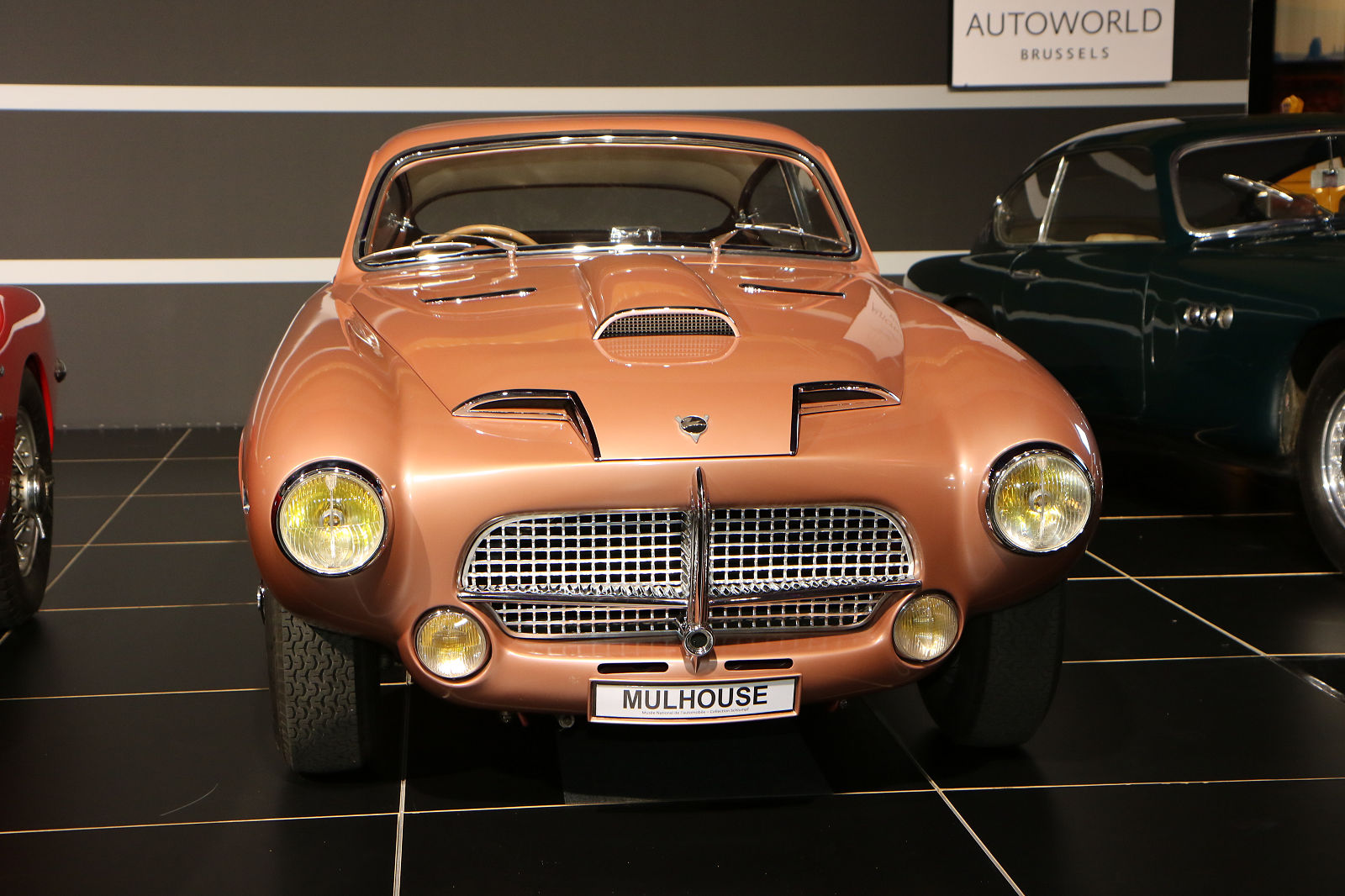
This Pegaso Z-102 Touring berlineta s/n 0127 was adapted for rallies and was originally fitted with a supercharger. This explains the air scoop on the bonnet. Acquired by Fritz Schlumpf in 1964, it is now part of the ‘Cité de l’Automobile’ in Mulhouse and is shown for the first time since its restoration.
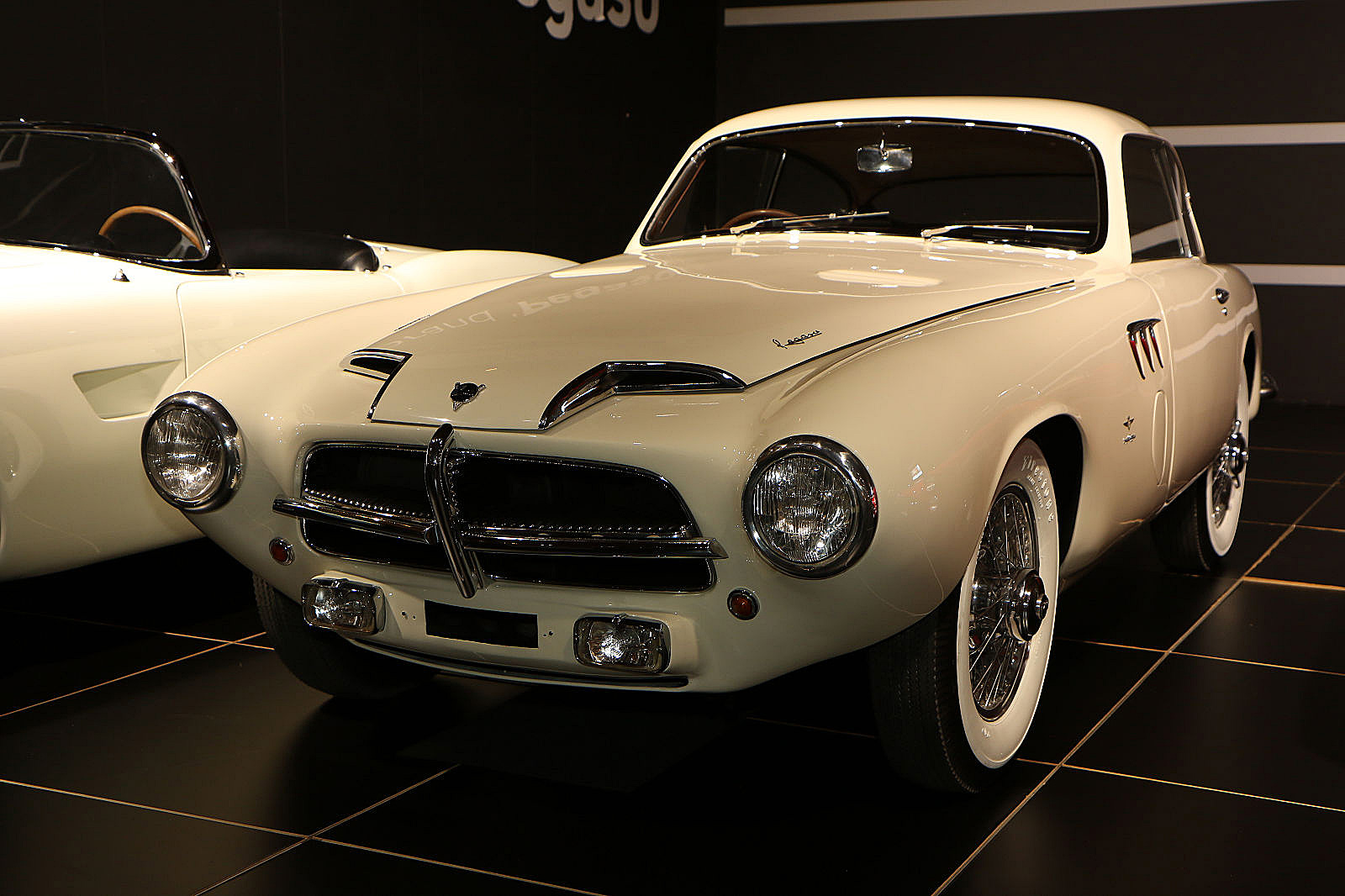
Exhibited at the 1955 Torino and Paris Motor shows, the Pegaso Z-102 Touring berlineta s/n 0162 is the first Pegaso bodied by Touring with the exhausts coming out under the boot and not integrated into the rear wings.
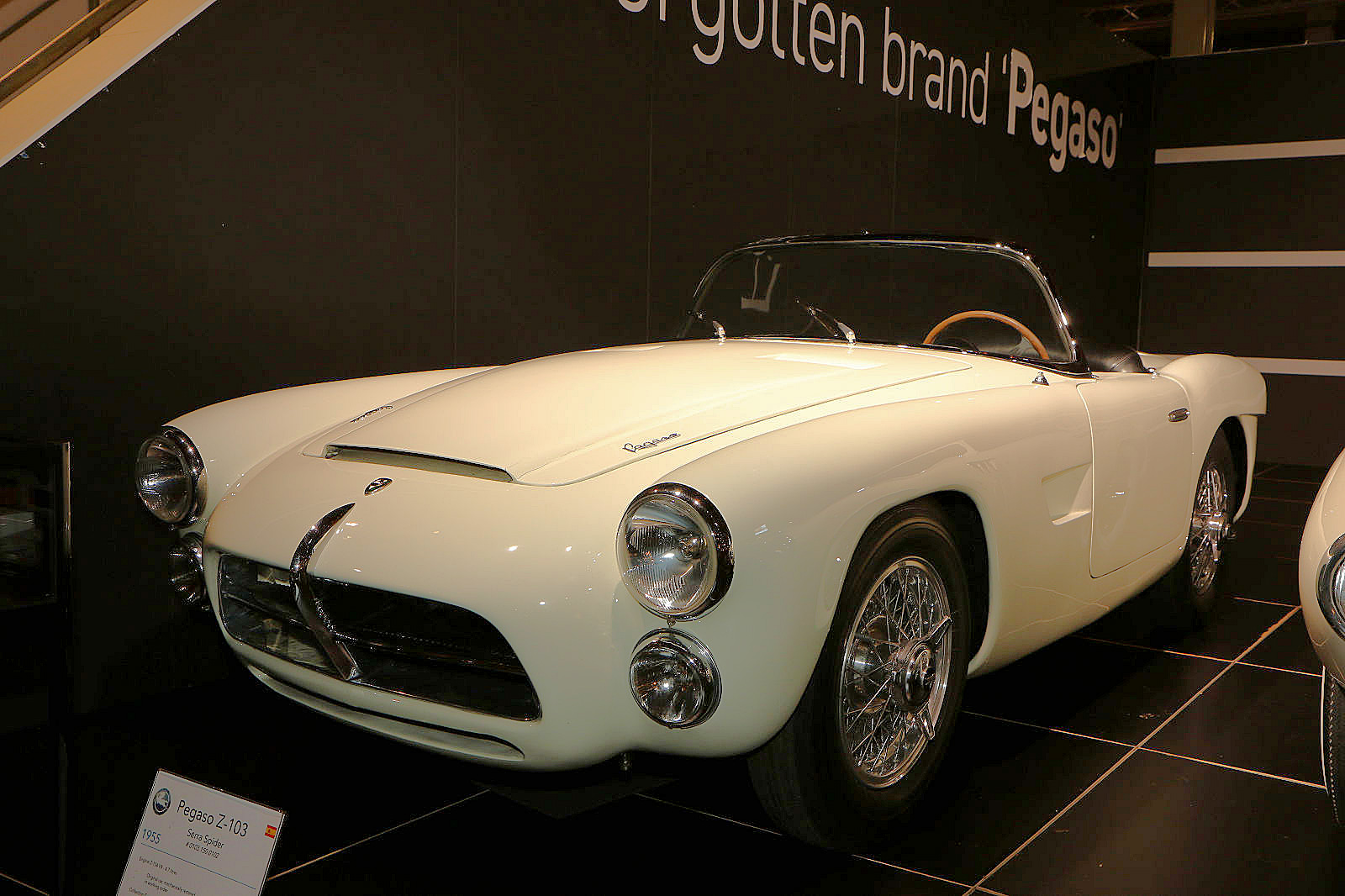
The Pegaso Z-103 Serra spider s/n 0102 was destined to test the new Z-104 V8 4.7 Liter engine with a unique camshaft and therefore is the sole Pegaso powered by this engine. It has never been sold and is preserved by the Centro Historico Pegaso. It has never been exhibited outside of Spain before.
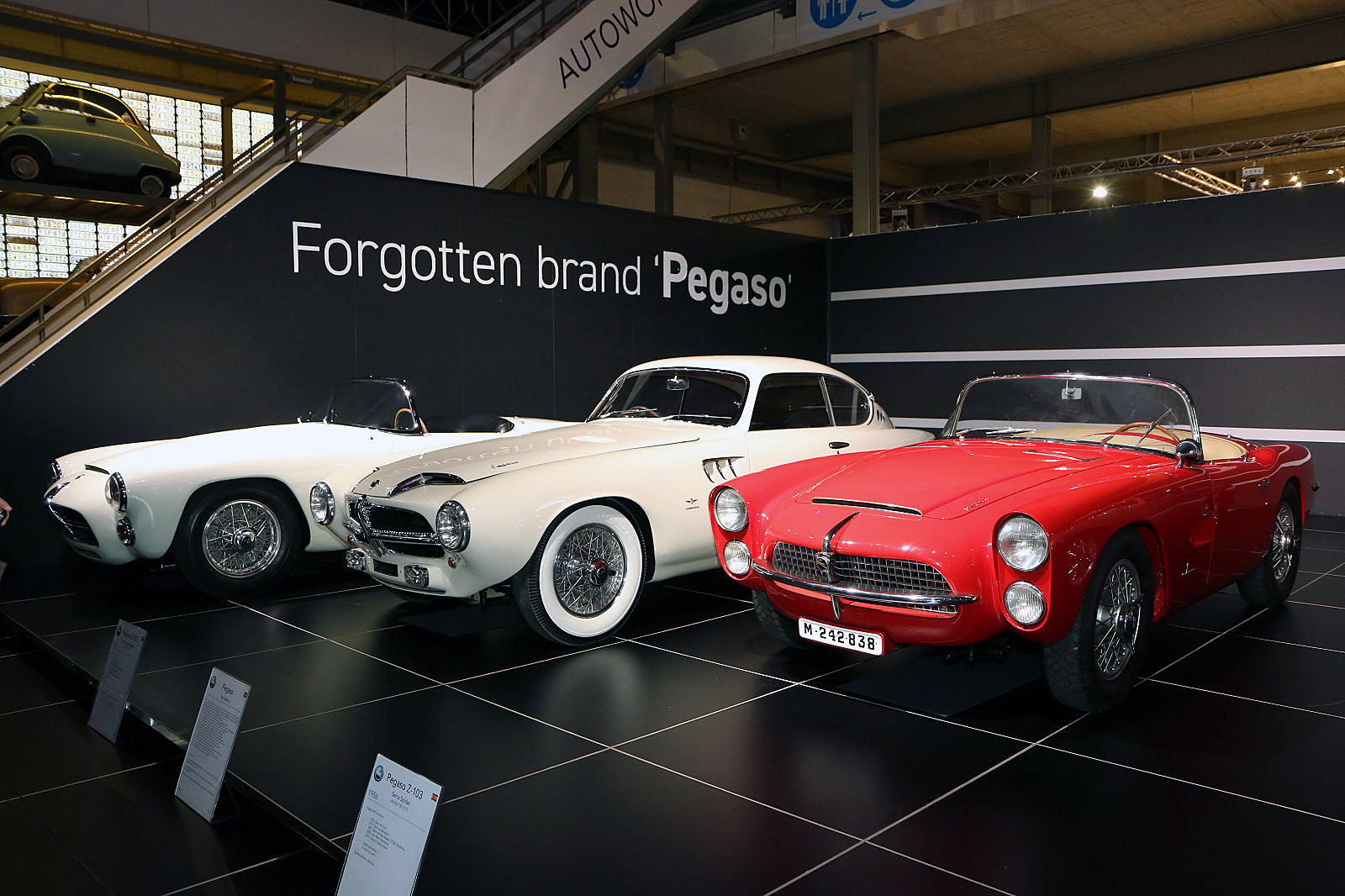
Another Z-103 Serra spider, s/n 0173, a 1956 example powered by the 2.8 Liter V8. Shown at the 1956 Paris Salon and the 1957 Barcelona Salon.
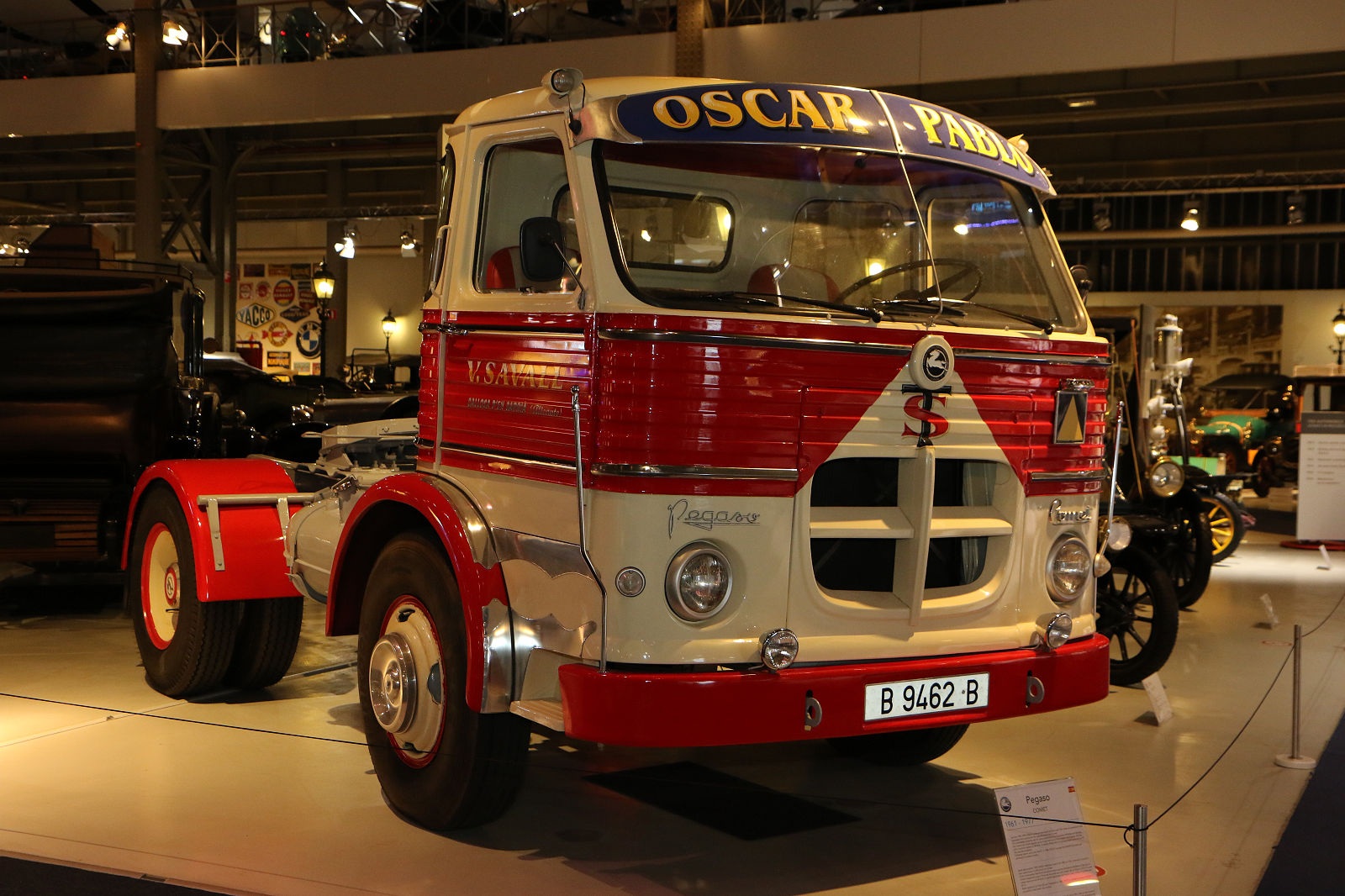
The main job of the ENASA company was to build trucks. From 1946 to 1961, ENASA built the ‘Mofletes’ and the ‘Barajas’, 100 % ENASA products. In 1961, ENASA concluded an agreement with Leyland to produce a more economical truck, the Comet that you see here. In 1986, when Spain entered the European Union, the Italian IVECO acquired the ENASA factories and since then continues to produce trucks.
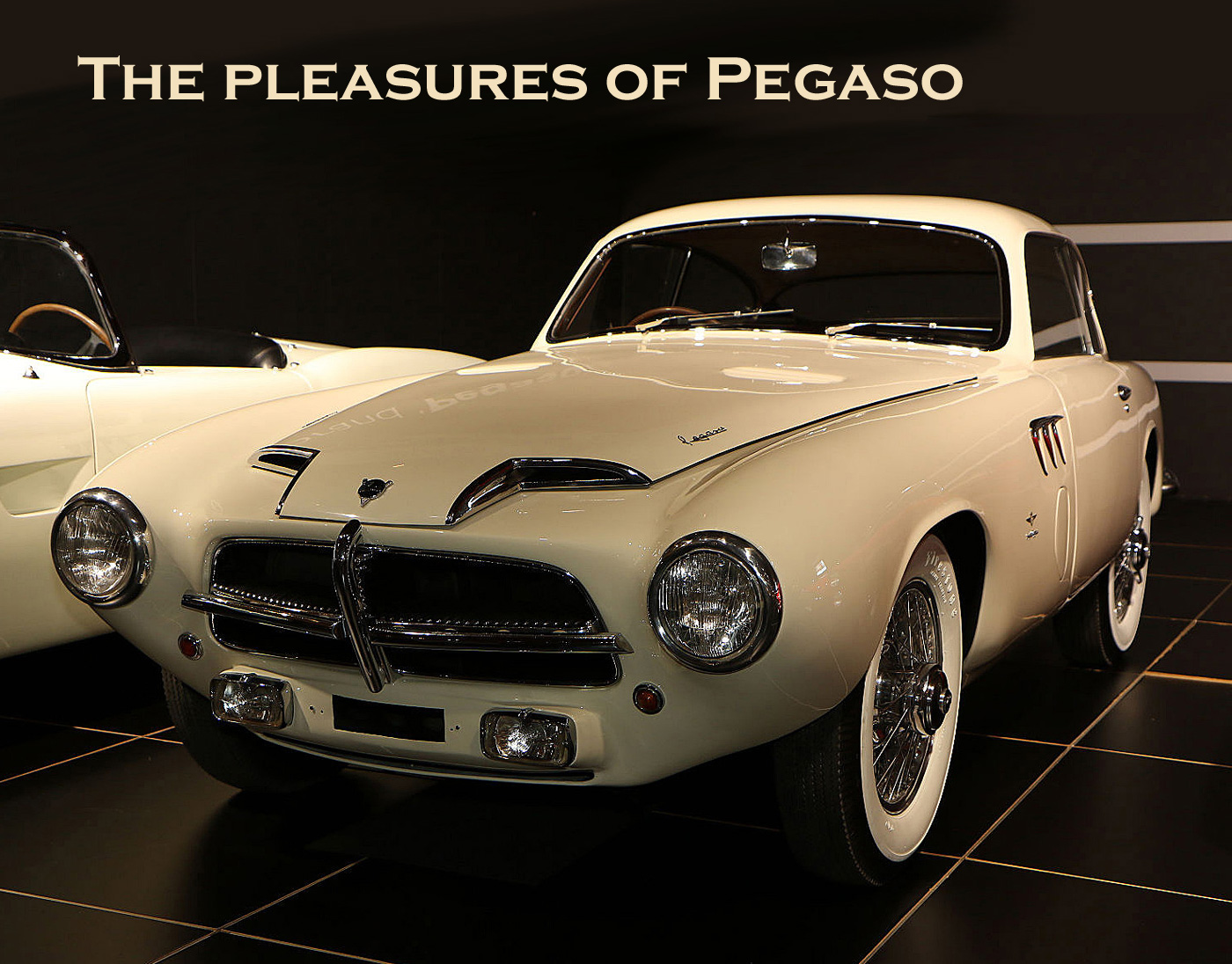
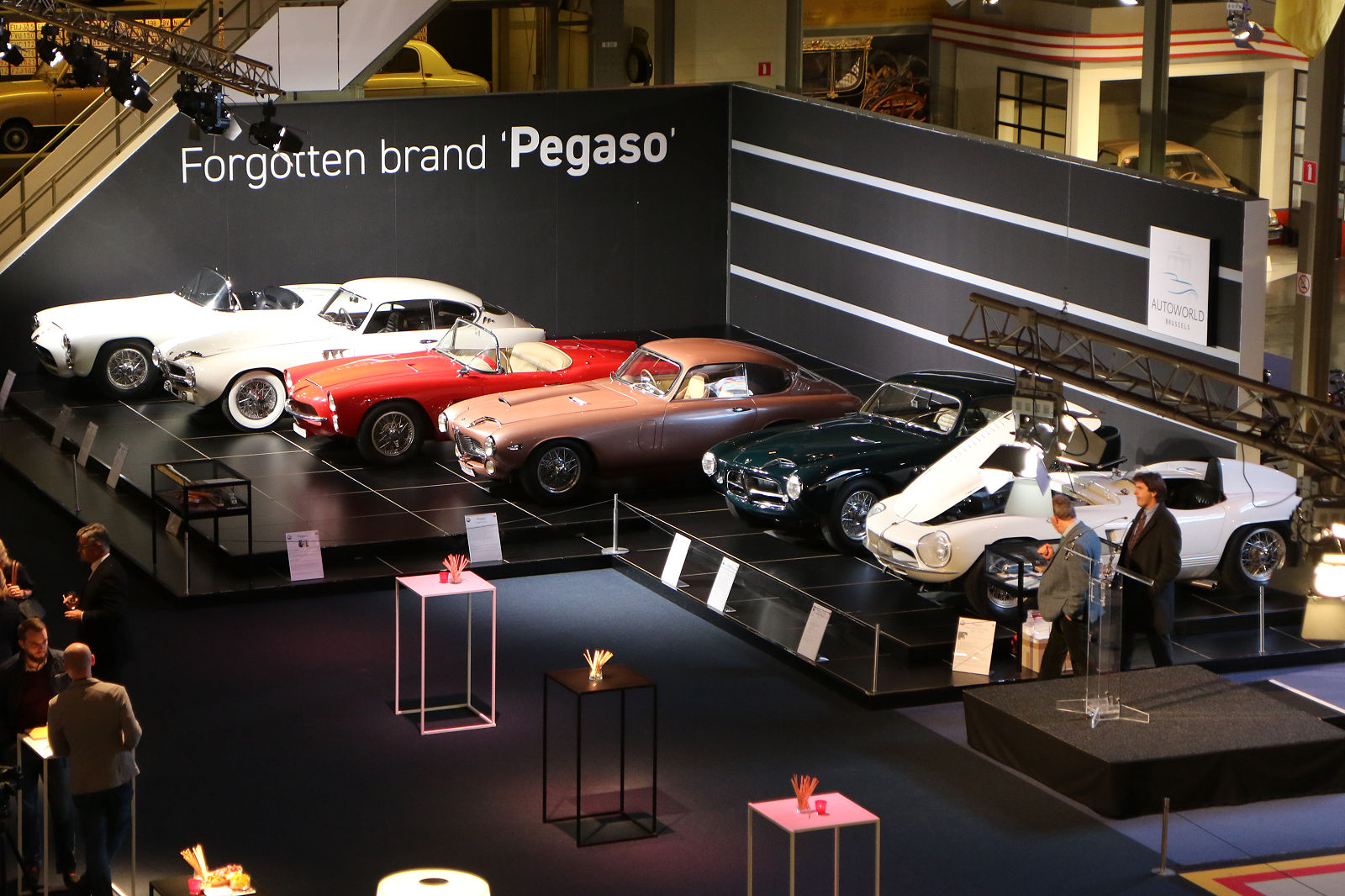
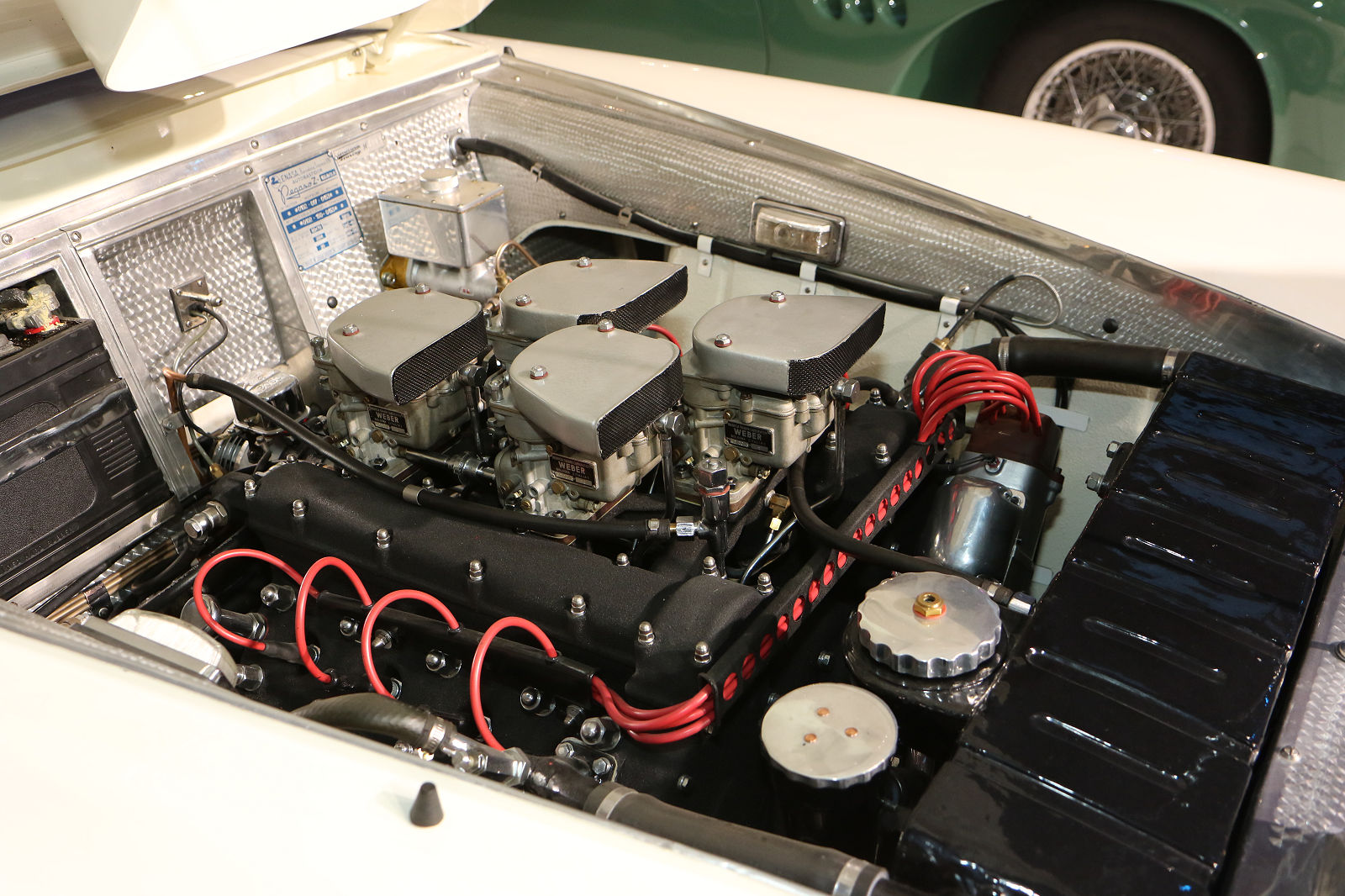
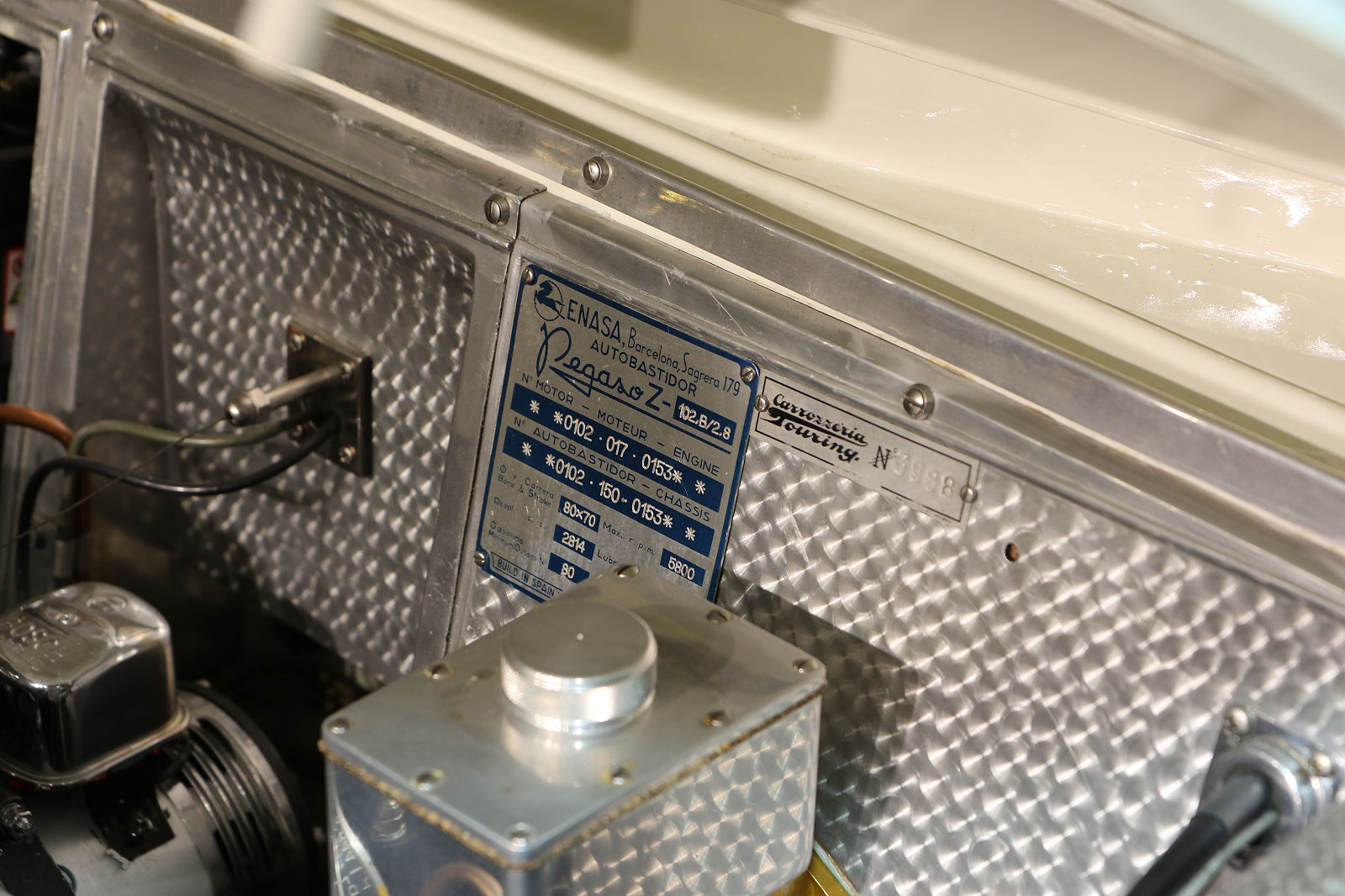
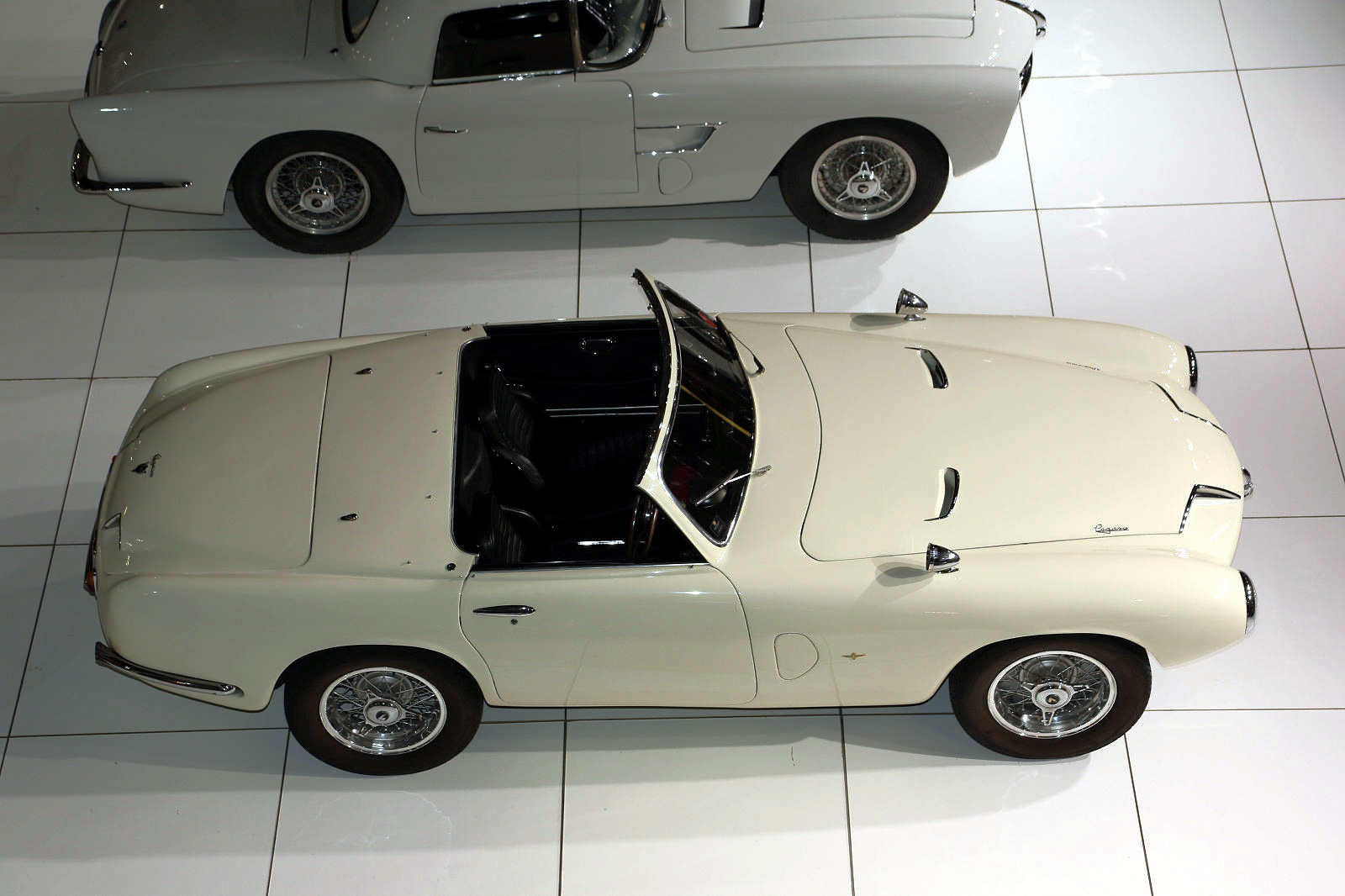
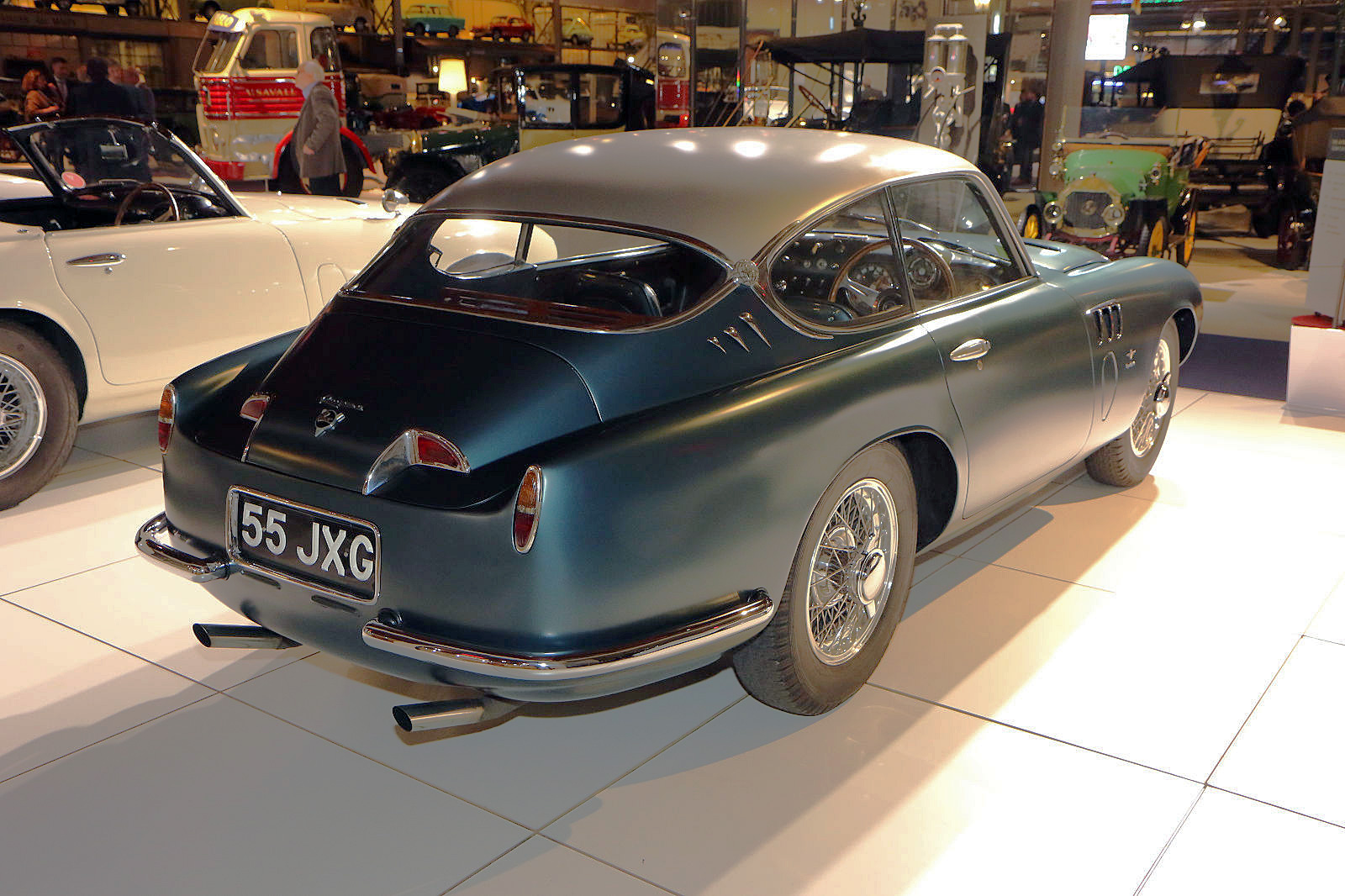
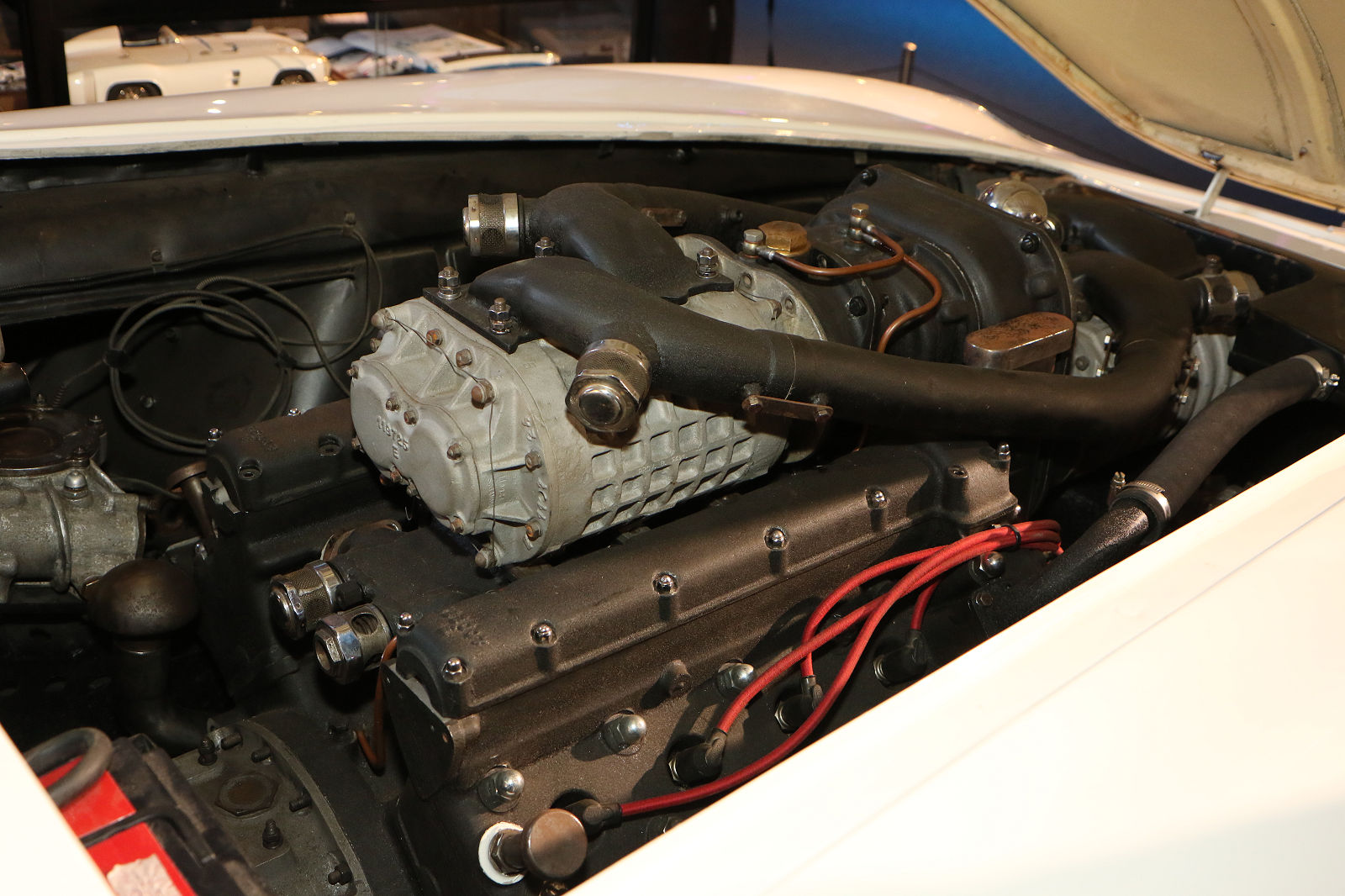
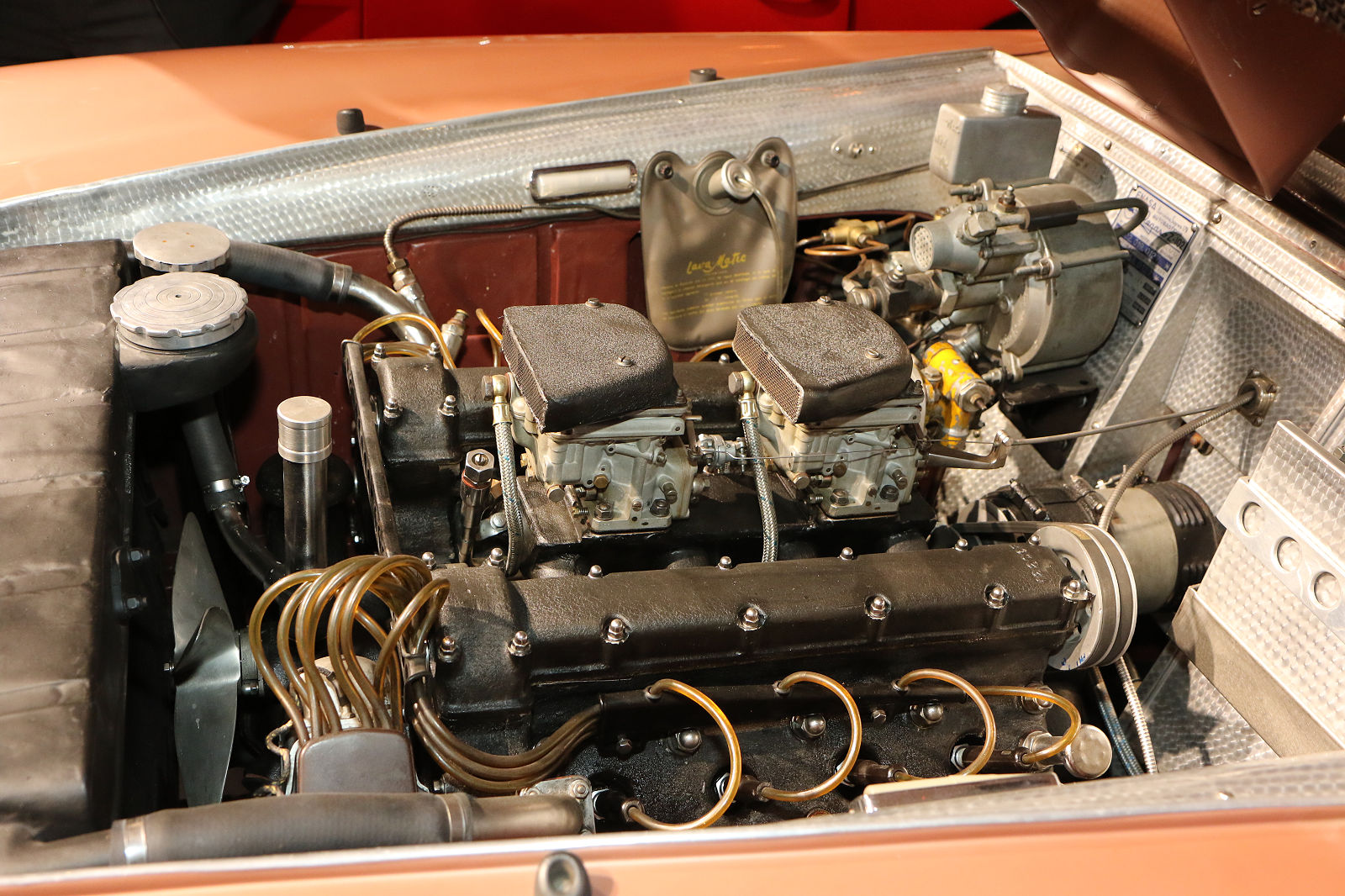
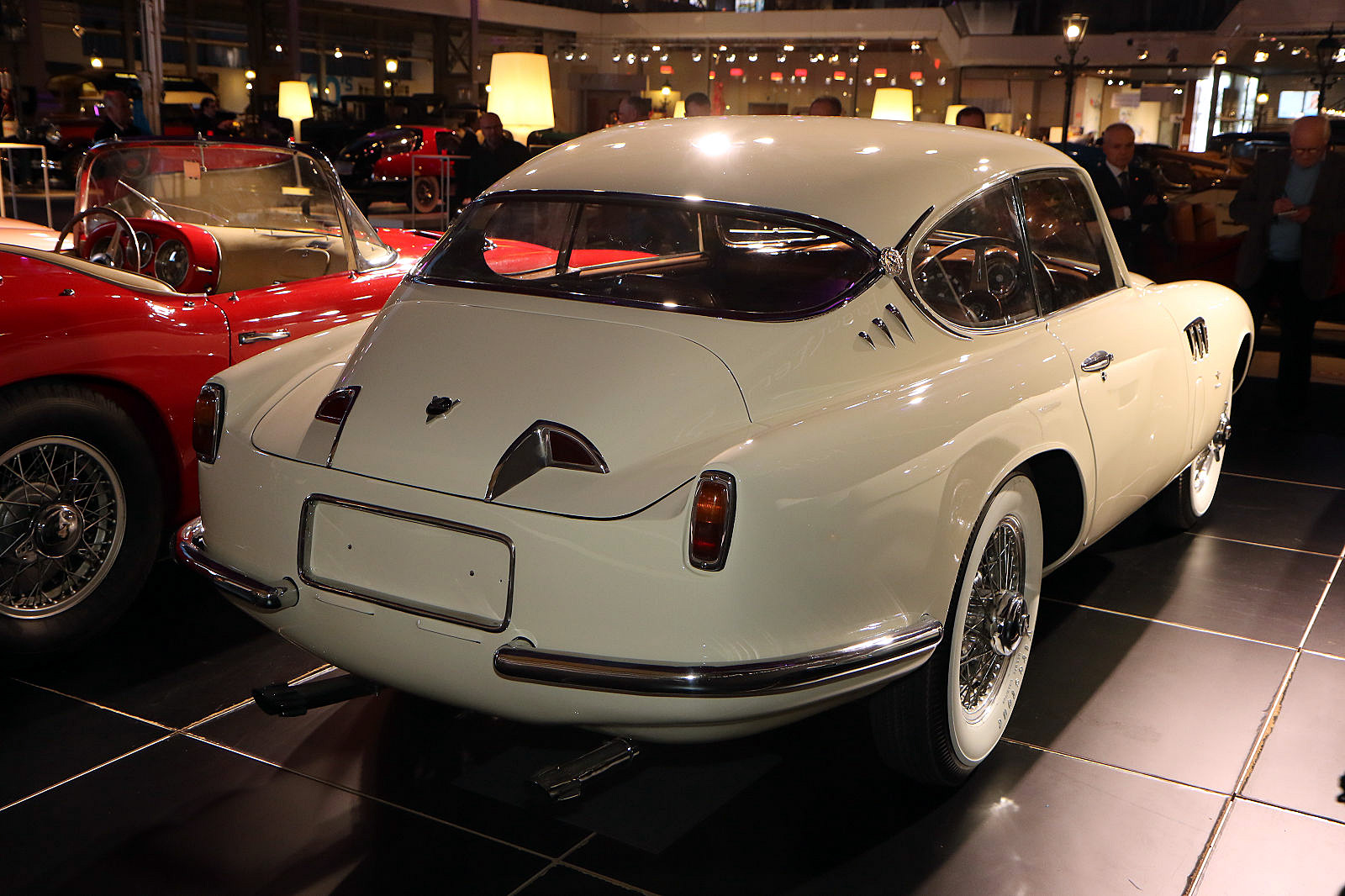
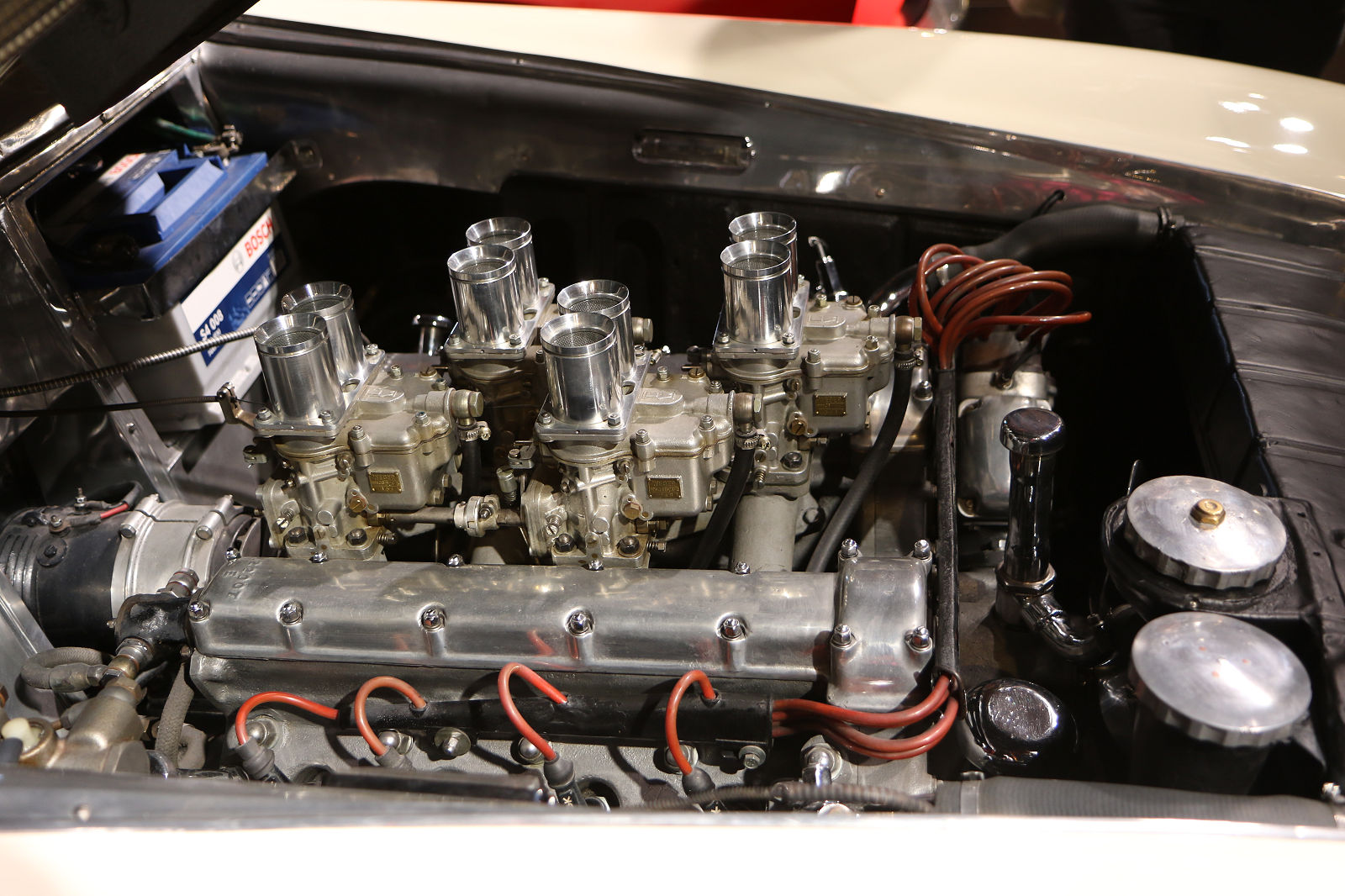
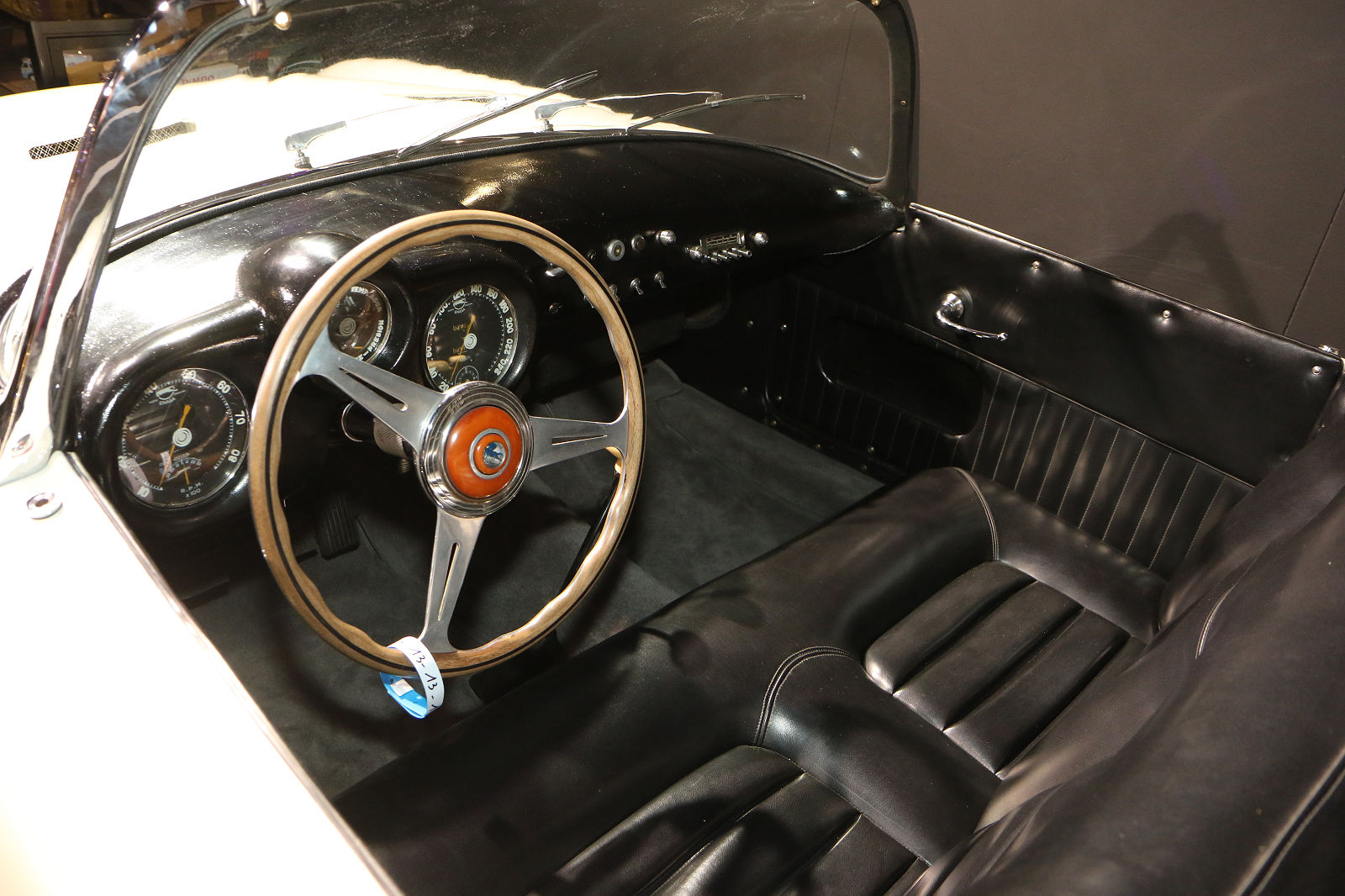
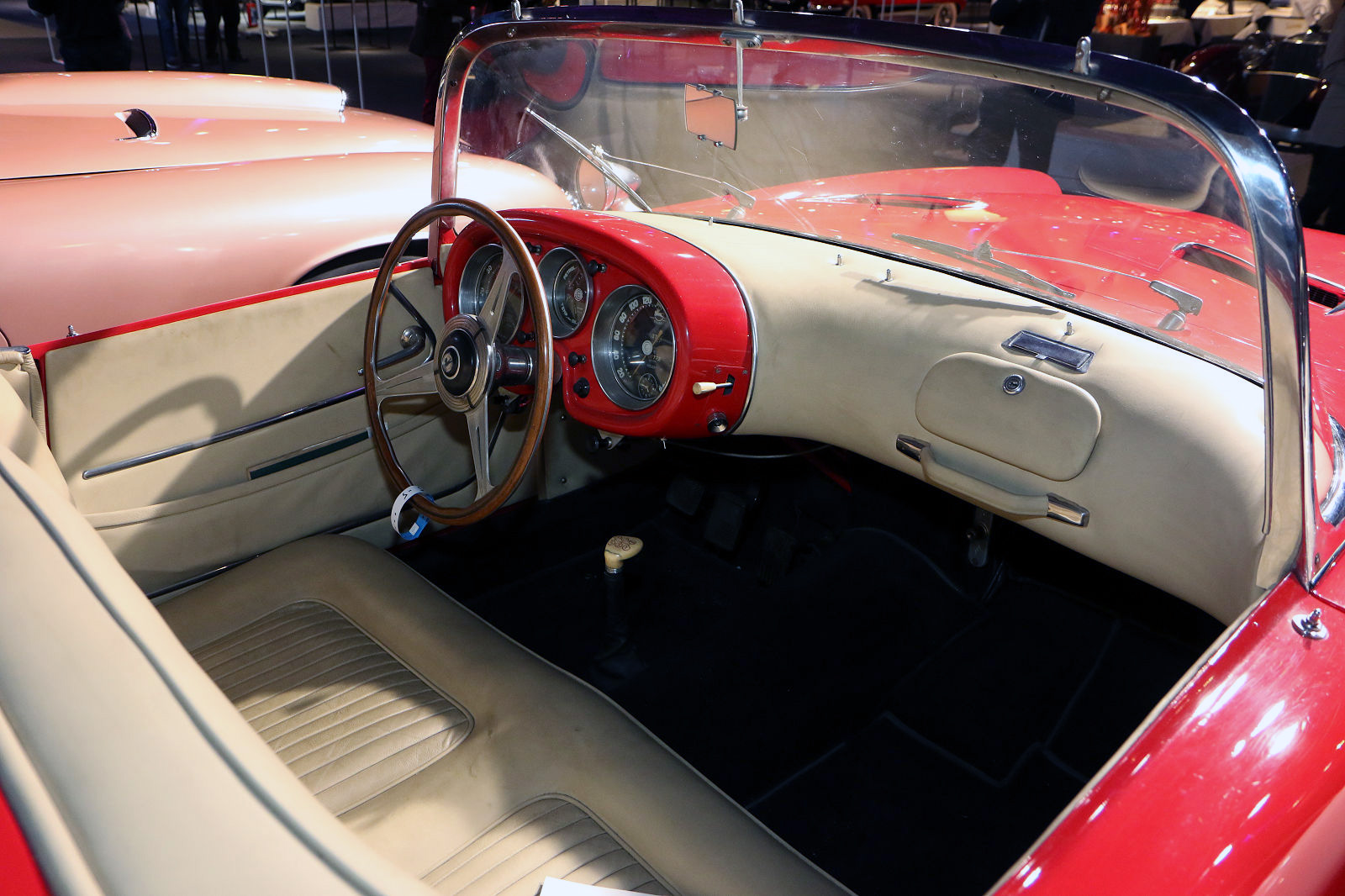
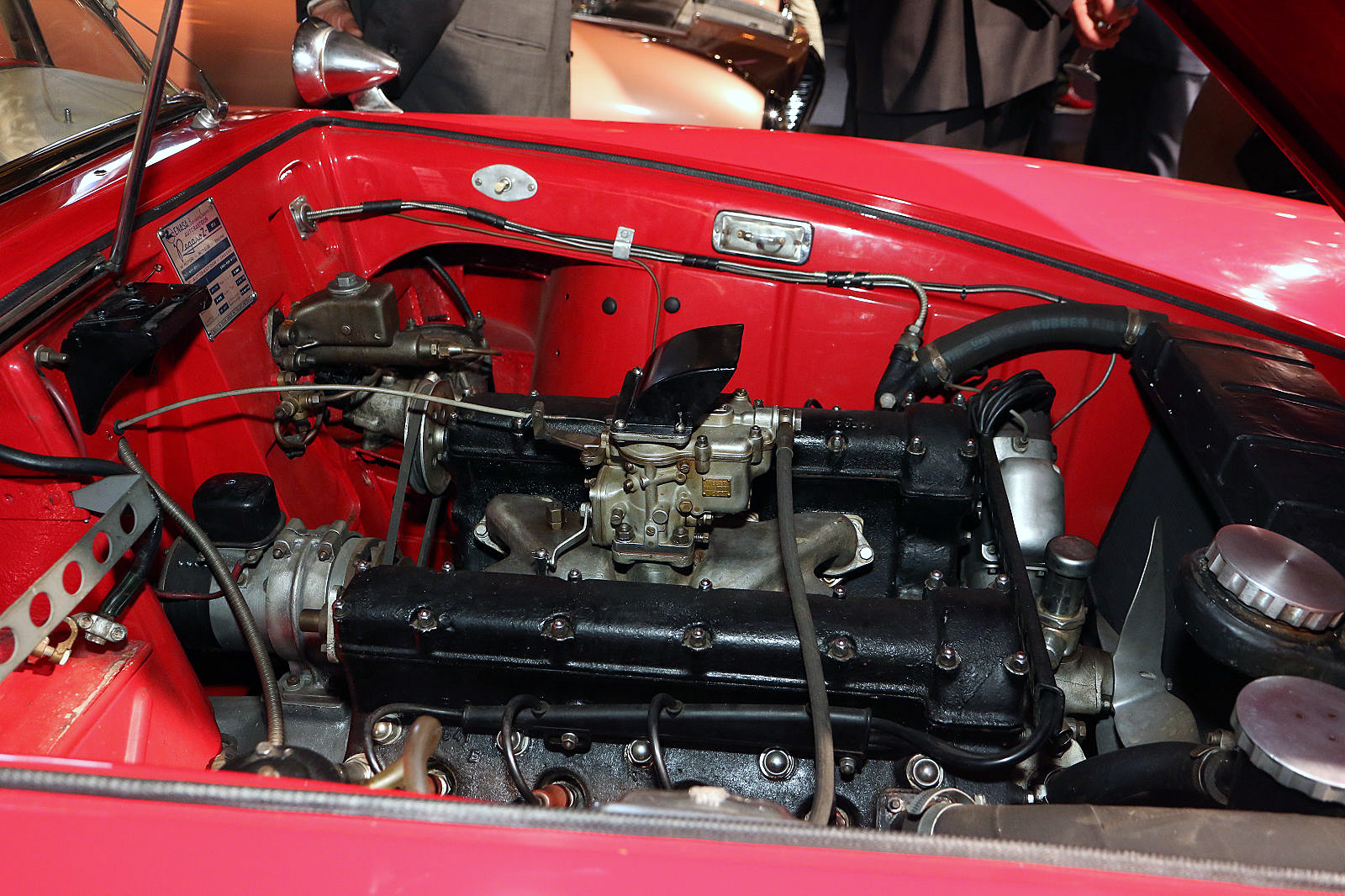
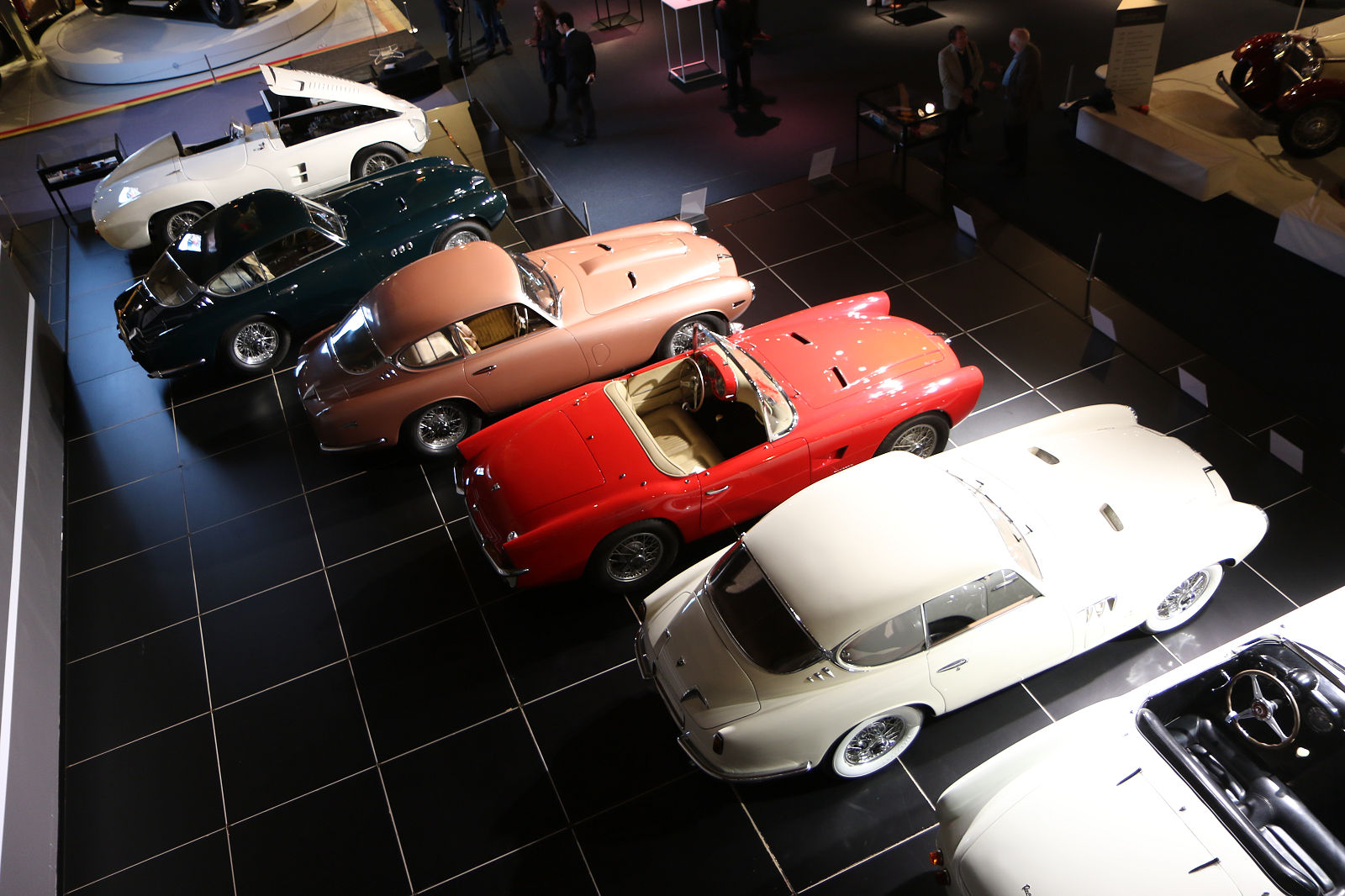
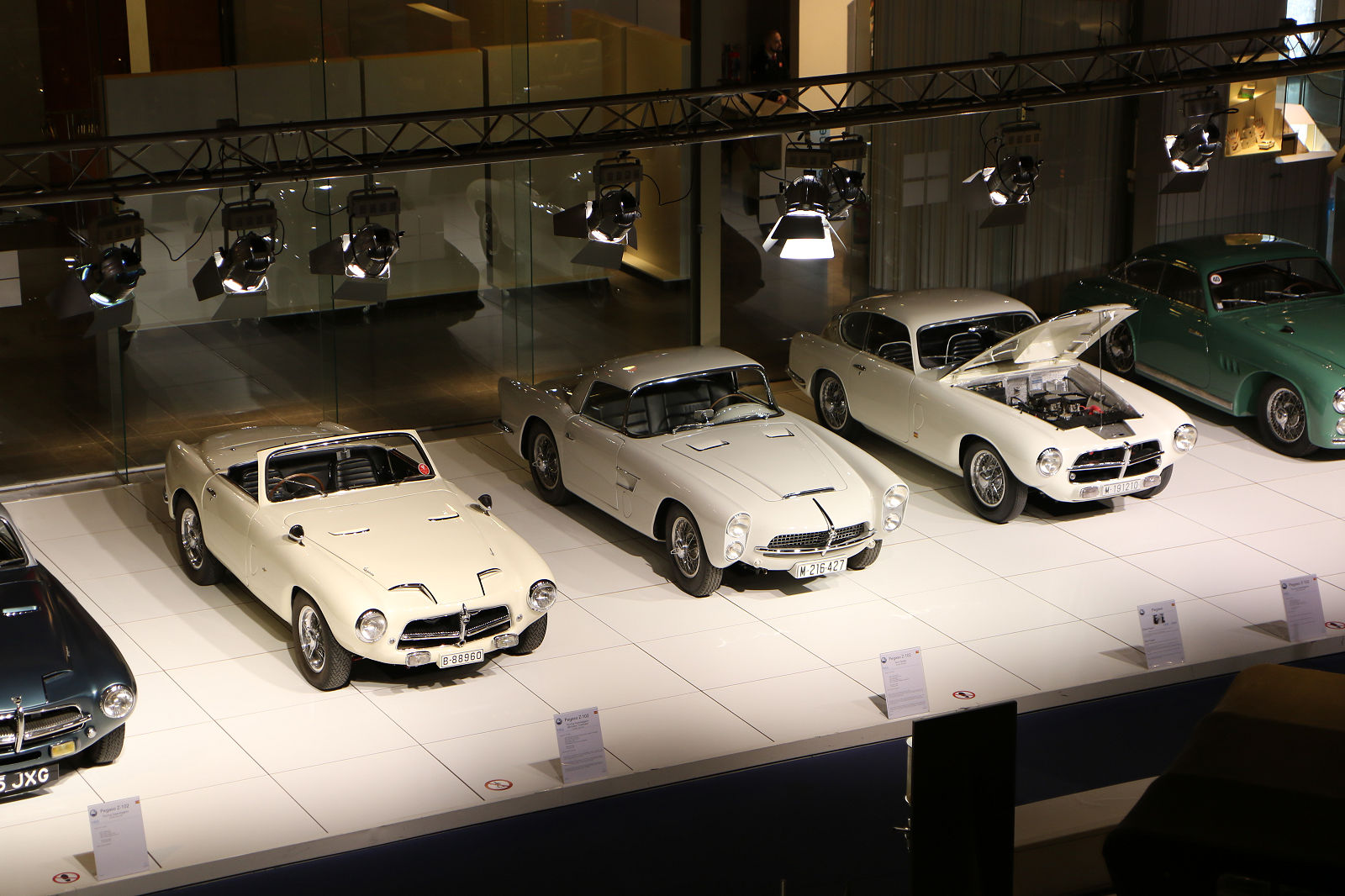
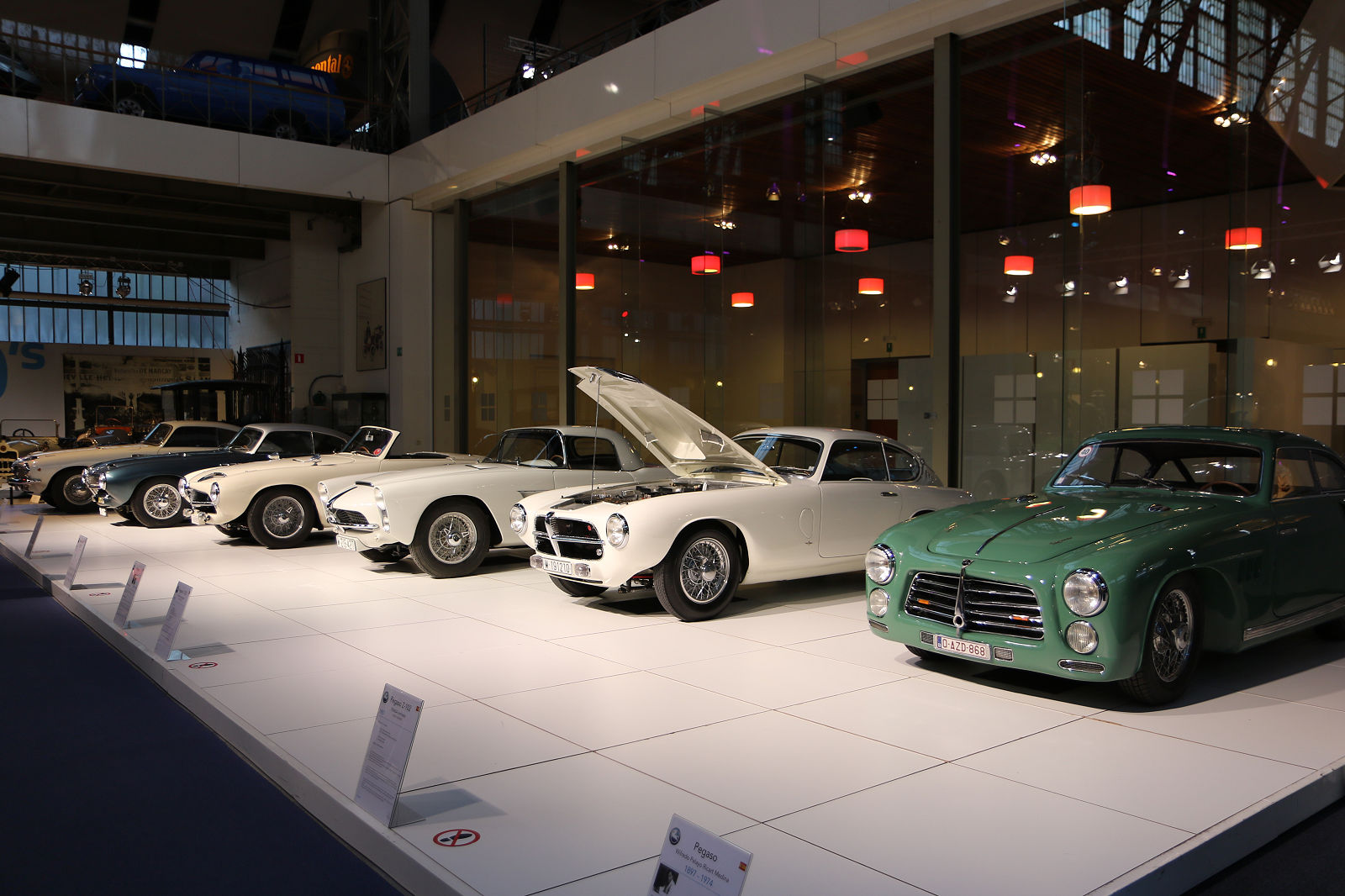
These are all exquisite cars. I wonder where the 3 Pegaso owned by Generalisimo Trujillo in the Dominican Republic are now? I note many of the cars have rear bumers, but no front bumpers. I happen to have a 3 piece set of original Touring front bumpers from a Ferrari 166.
Year$ ahead of Ferrari, price, motor & styling
Wonderful to see these Pegasos but ludicrous to call the cars and the marque “forgotten”. This meme is trotted out when folks can’t think of a better way to promote their exhibitions etc.
I can’t liken them to Ferrari. The materials used in their construction were not at all up to Italian standards as any restorer of these machines will testify.
But they were and are magnificent.
Sorry to say that I always found the Pegasos rather kitsch in design (but this is a matter of taste) and somehow under-powered with about 170 hp for a 2.8 liter engine (when Maserati was getting 150 hp out of 2 liters, Ferrari 200+hp from 3 liter and Alfa 115 hp out of 2 liter). It required a compressor to give some guts to the engine (for how long?). Yes, they may have some interesting technical features in their chassis, but features like the unusual location of the gearbox, desmodromic valves on some, or the design of the de Dion rear axle do not constitute progress but oddities. Ricart with his inflated ego designed a number of odd technical solution, but they never performed (see the sad history of the Alfa racing team under his management before the war). So I would classify the Z-102 as very interesting and intriguing oddities rather than great cars.
How magnificent is that truck! I hitch-hiked from the UK to Barcelona in 1965, and back. Several lifts were much enjoyed in Pegaso trucks in spite of the interior noise – so loud dialogue with the driver was impossible as was my command of Spanish – lack of speed, excessive heat and stink of diesel. I can close my eyes now and recall it all. Pegaso’s truck competition came from Ford, as I recall, branded ‘Ebro’, but noisier, slower and hotter; stink was the same!
in the early ’70s a man came into the dealership with an alloy pegaso spider on a trailer and offered it to me for $2500. everything–not ferrari–was $2500 in those days. it was complete except for the 2 four-barrel webers he said he’d send us from his mother’s house; never got them, of course. it was missing 1 side curtain and had a poorly repaired ‘chin’ injury. i wrote pegaso and got a copied owner’s manual and several glossy photos of various models, a couple of which I’ve never seen in any other photos. i think on my car the driveshaft u-joints were lubed by a pump in the differential. I sold it on to alf francis along with the original lola-ford chassis out of broadley’s back garden carrying the ‘only Massimino-designed f1 engine bruce mclaren didn’t blow up,’ according to alf. i was pleased to read recently that that engine eventually provided enuf $$$ for alf to live out his days in some comfort. he never should’ve left europe; what a nice guy.
Good article and great pictures by Hugues as usual.One nit to pick: Ricart’s christian name is Wifredo (no “l”).It is one of those mistakes that just get made over and over again.
Great to see that a least two of these machines now reside in Belgium.We have the most wonderful rare cars here but the problem is you see them so rarely.
Keep up the good work.
Michel Van Peel
Corrected now and thanks, Michel!
Pete
In July 1964 a Pegaso sportscar was offered for sale by Juan Riva in The Hague, the Netherlands, in a newspaper advert (Telegraaf). Would love to know which one of the 84 it was and see a photo of it with Dutch registration. Must have been the only one in the country at the time.
In the Louwman museum collection is a nice one on display currently.
Beautiful photos, beautiful cars, beautiful expo, beautiful place …
Thank you Hug for this gift before Christmas.